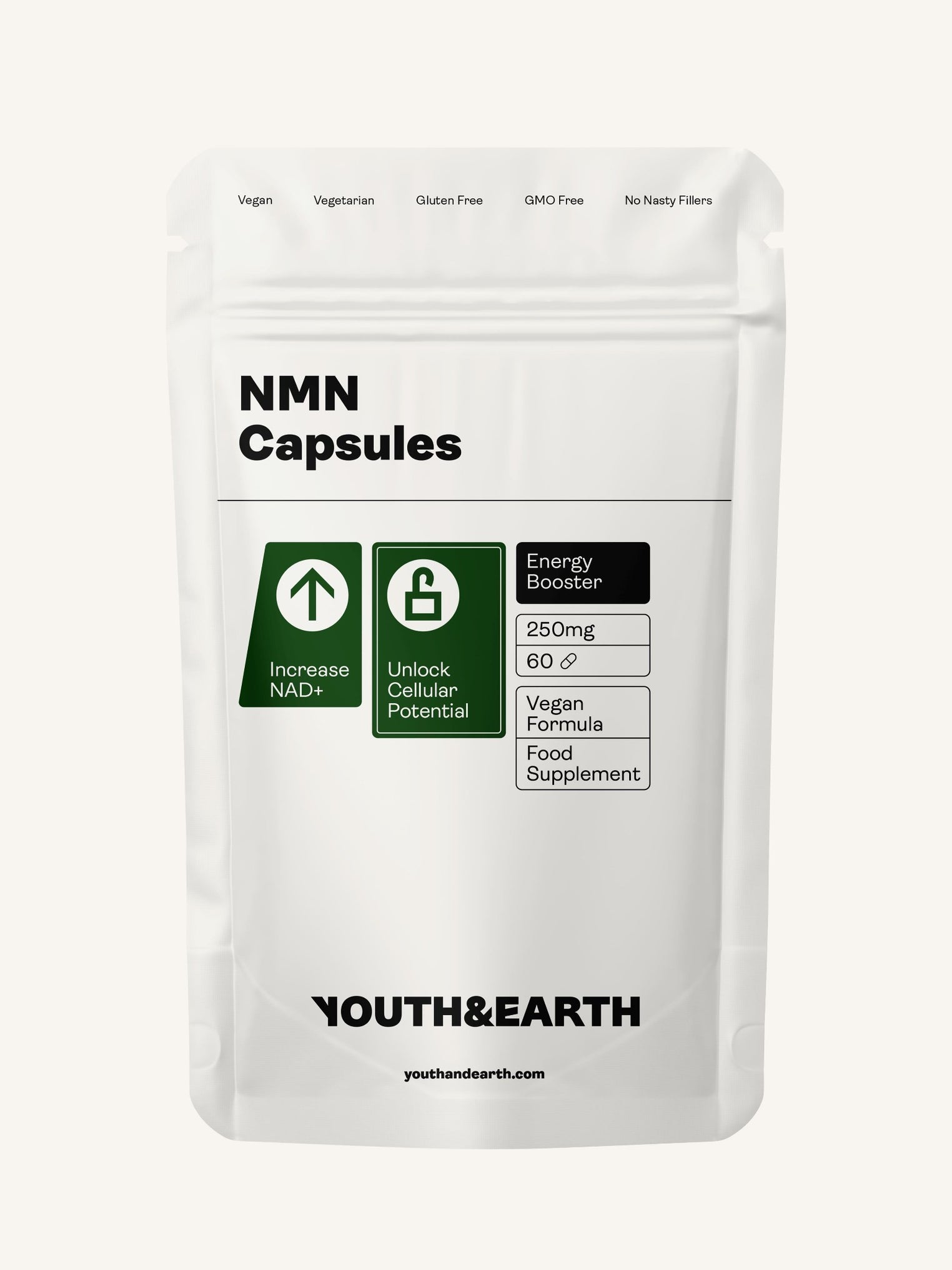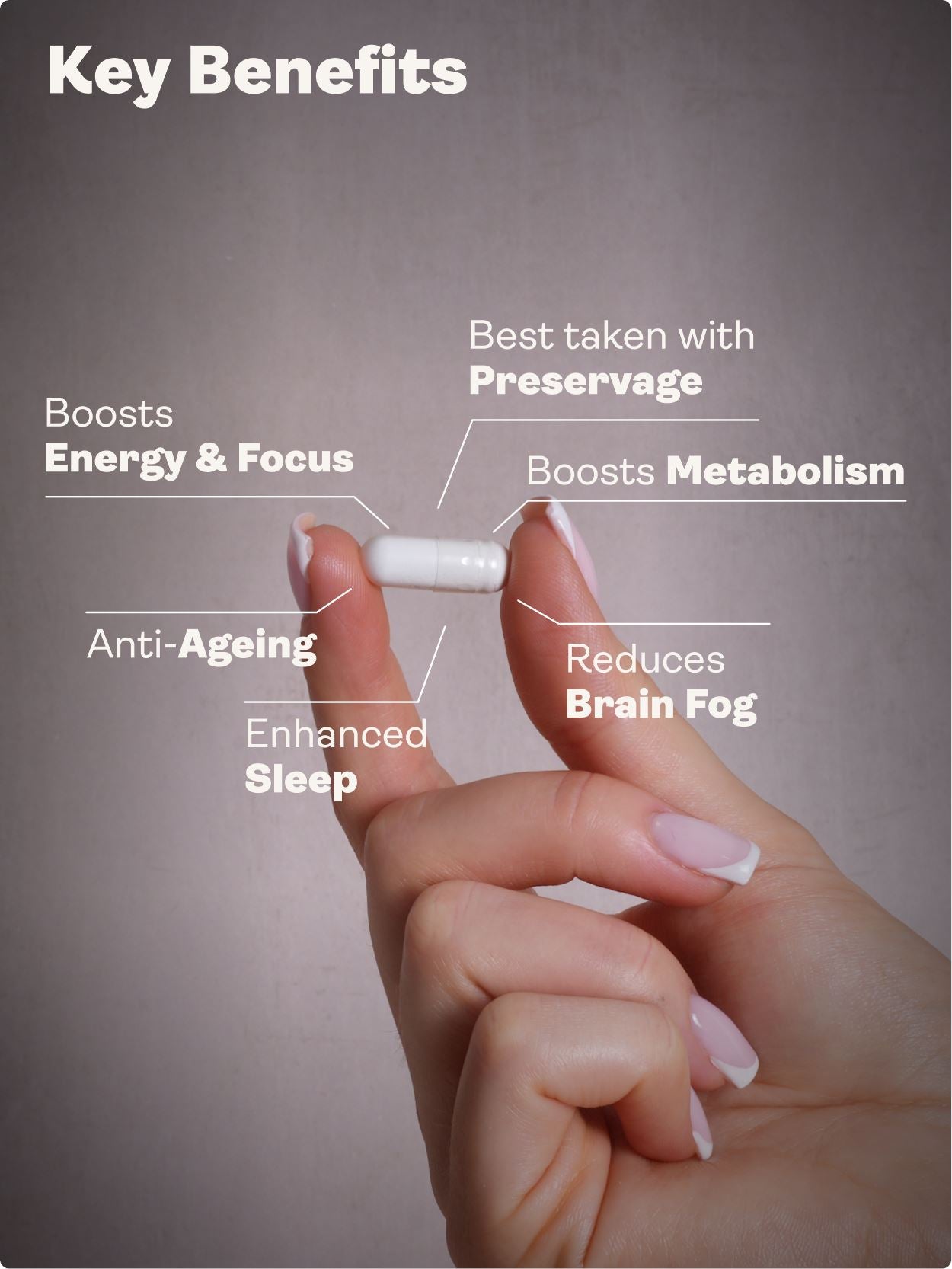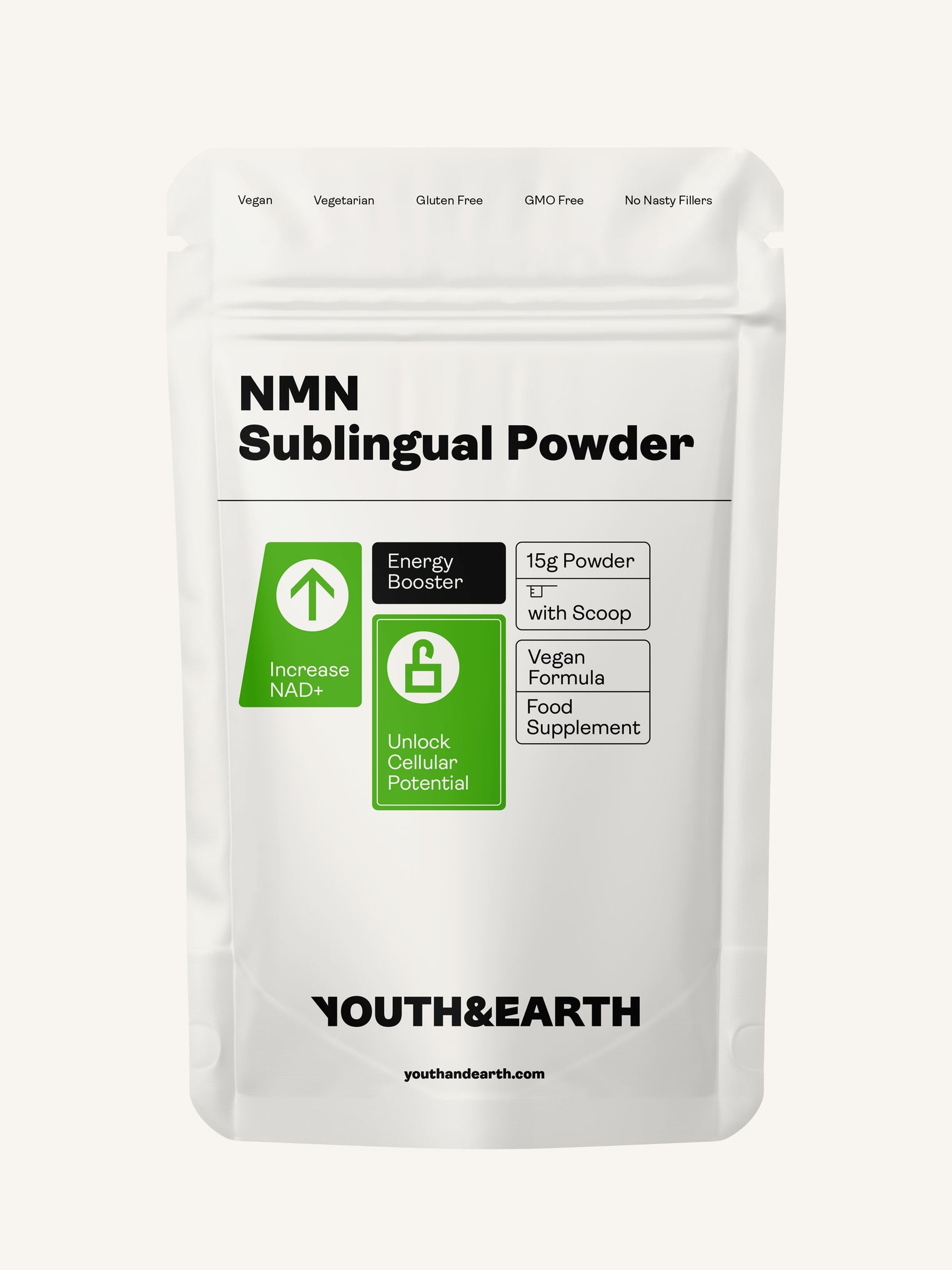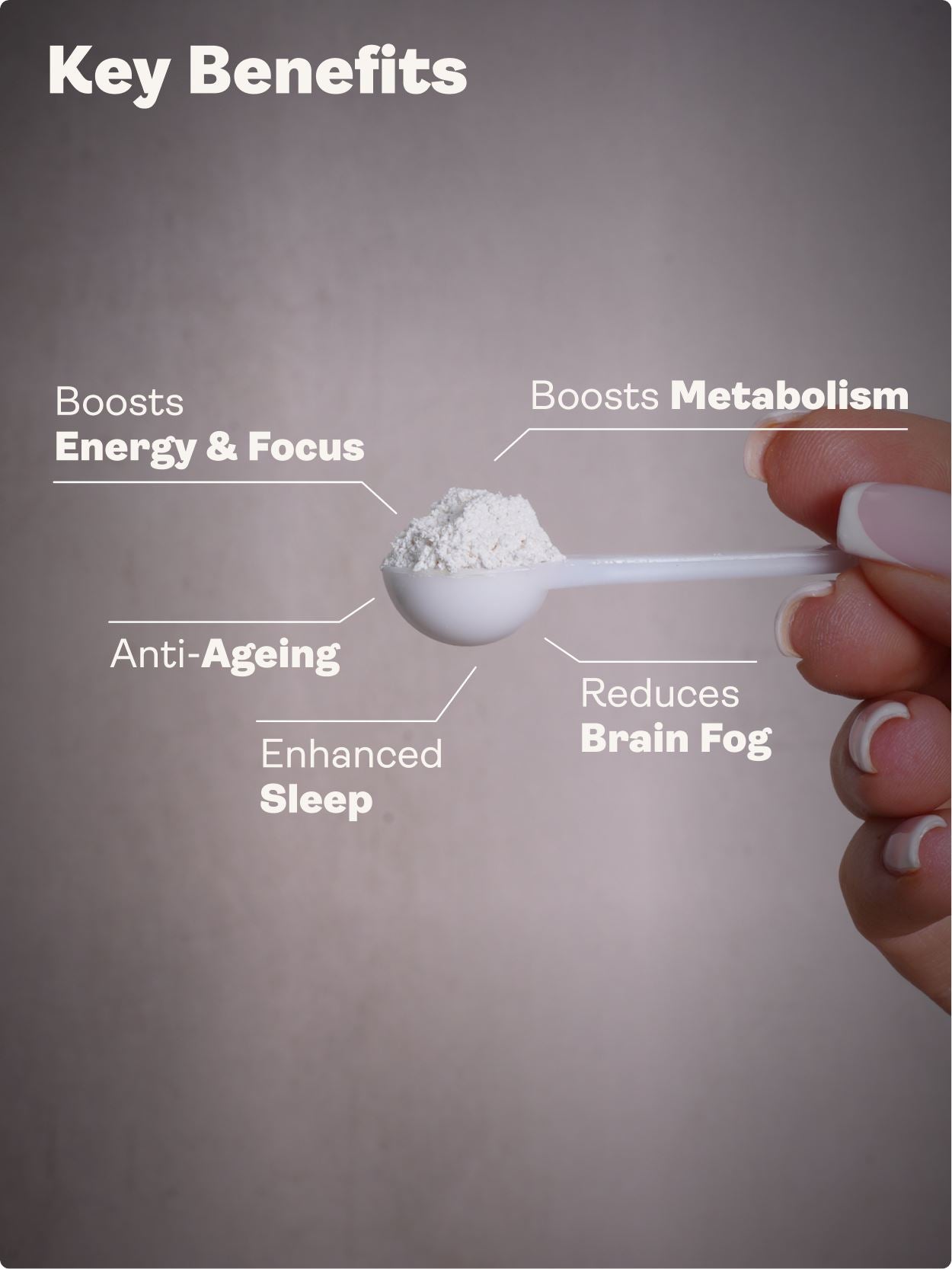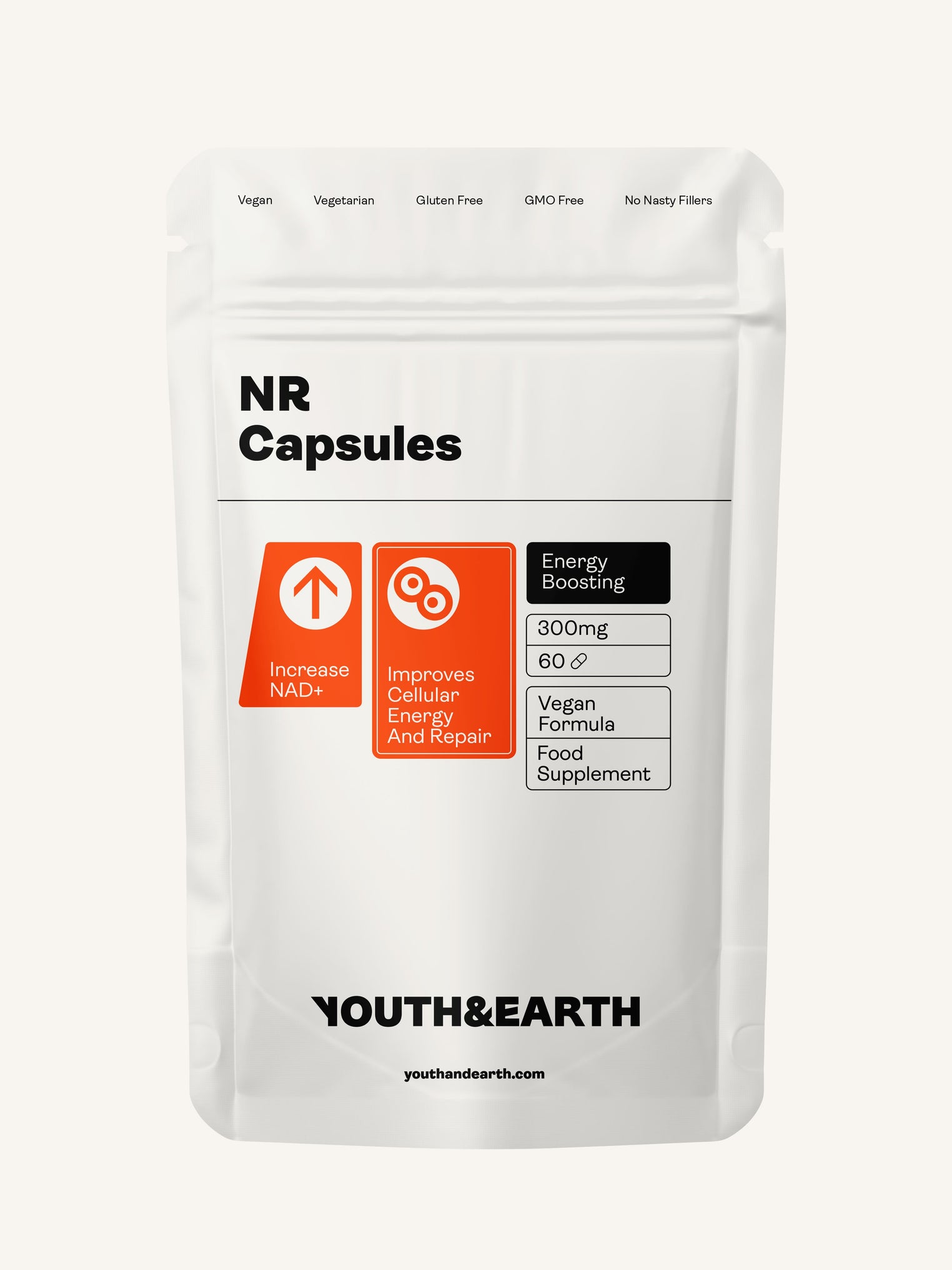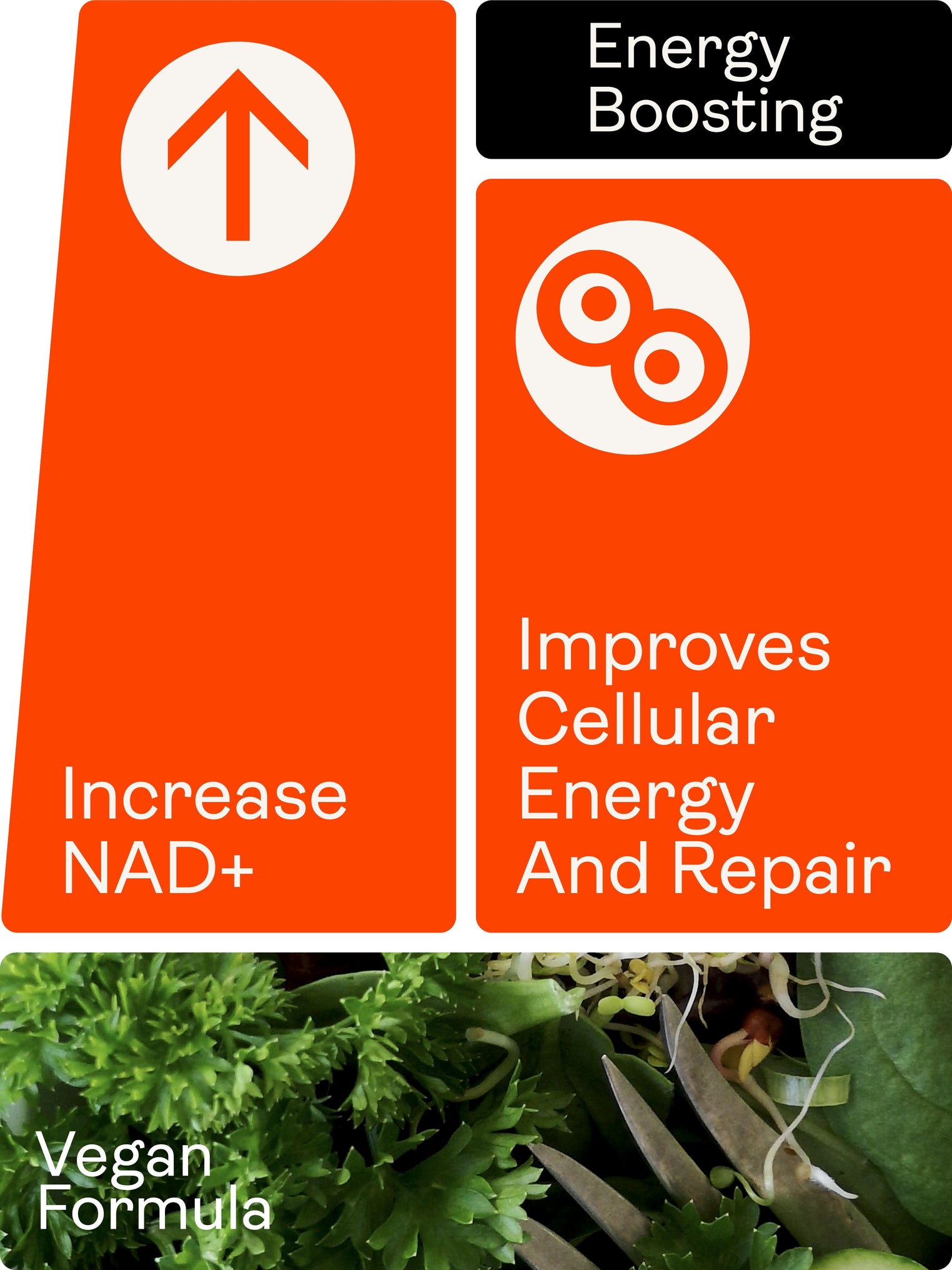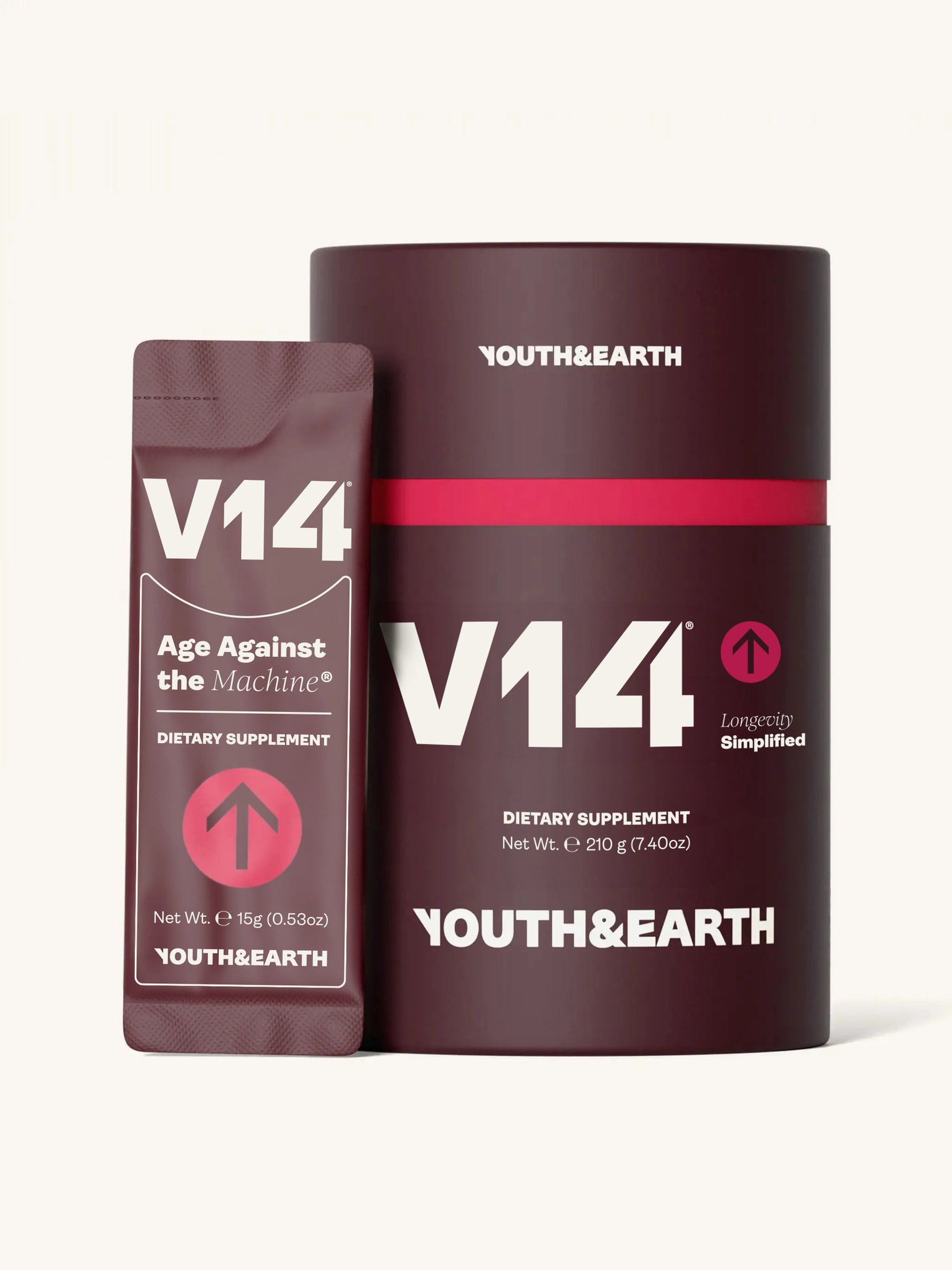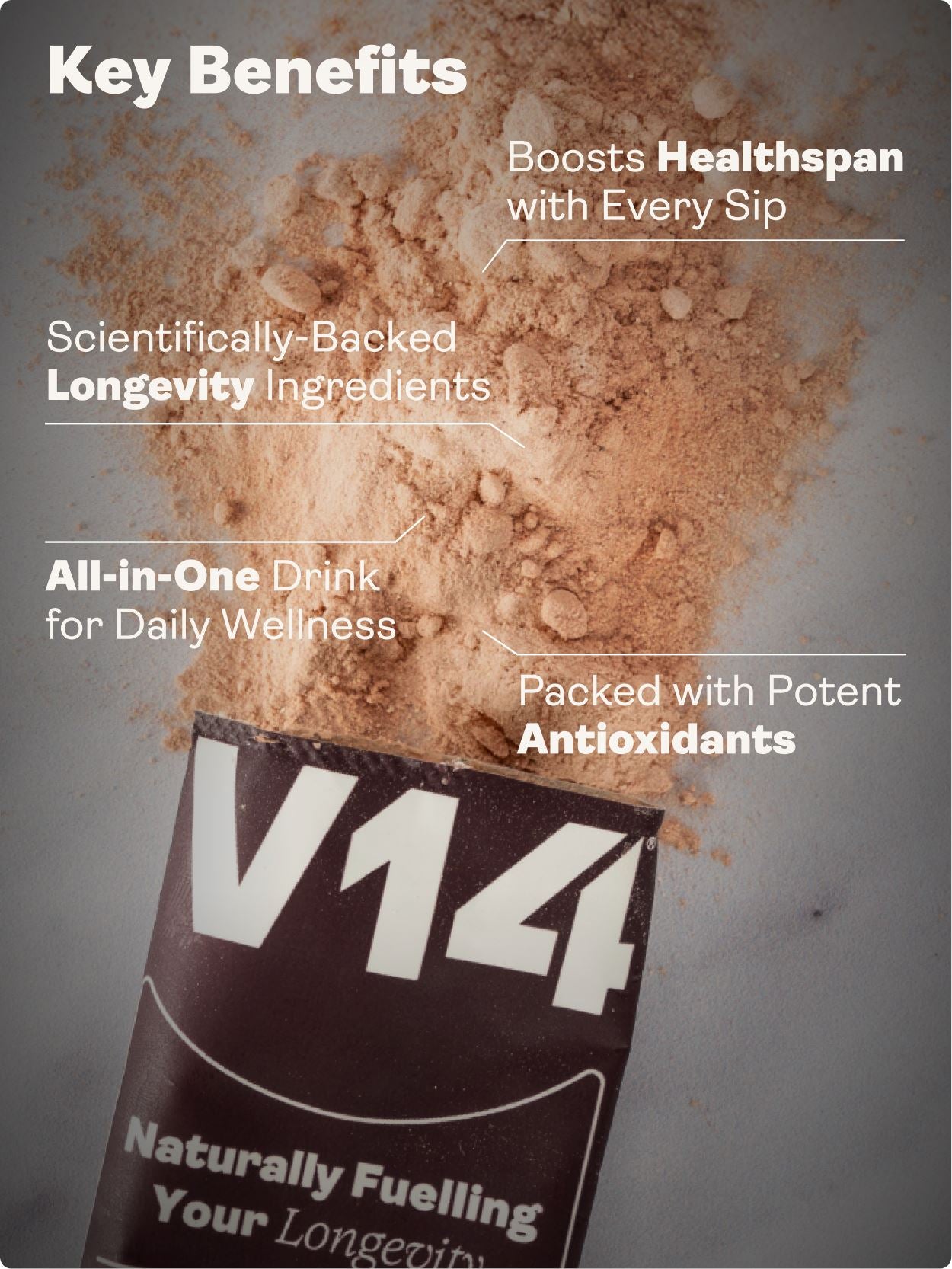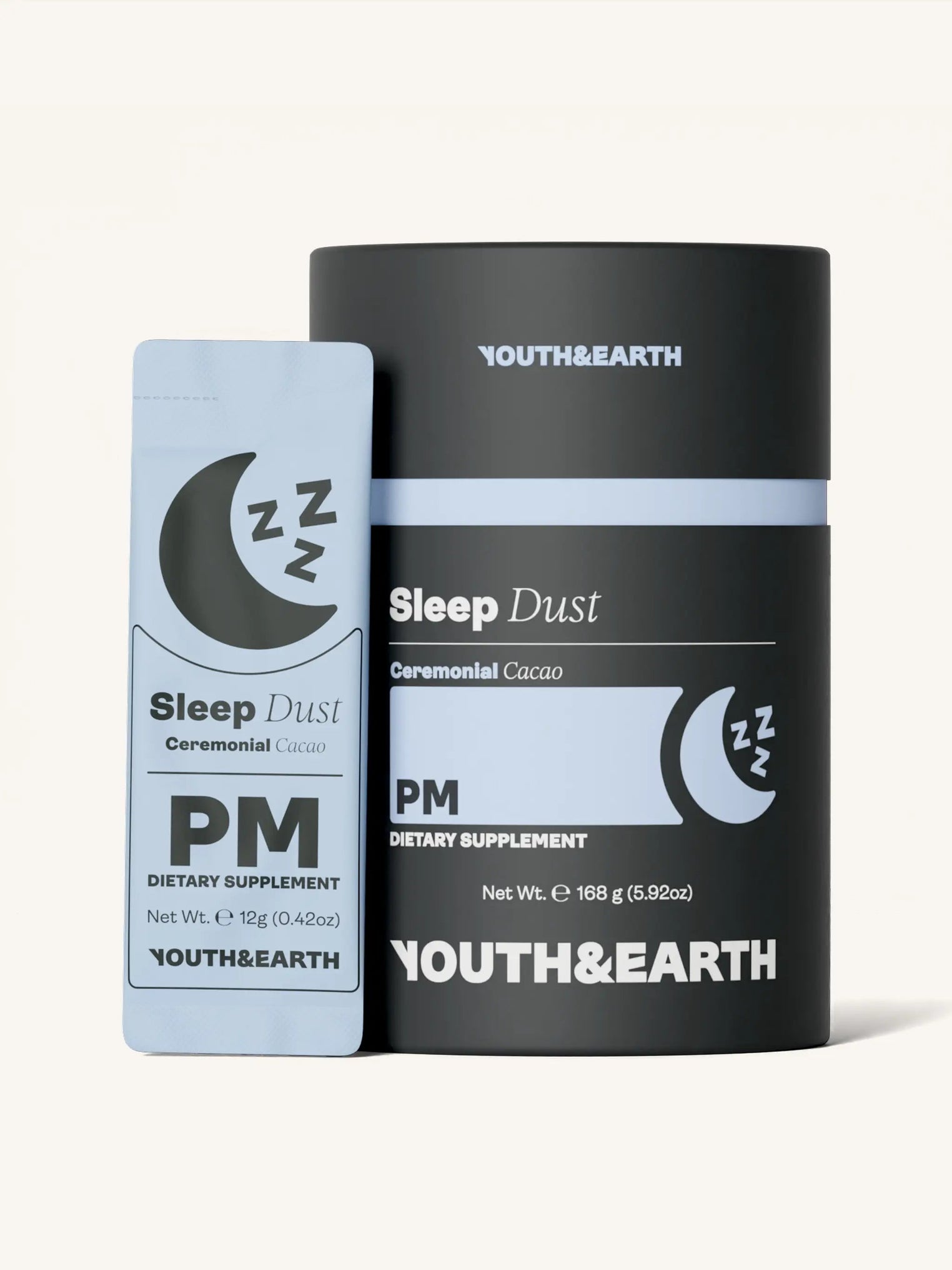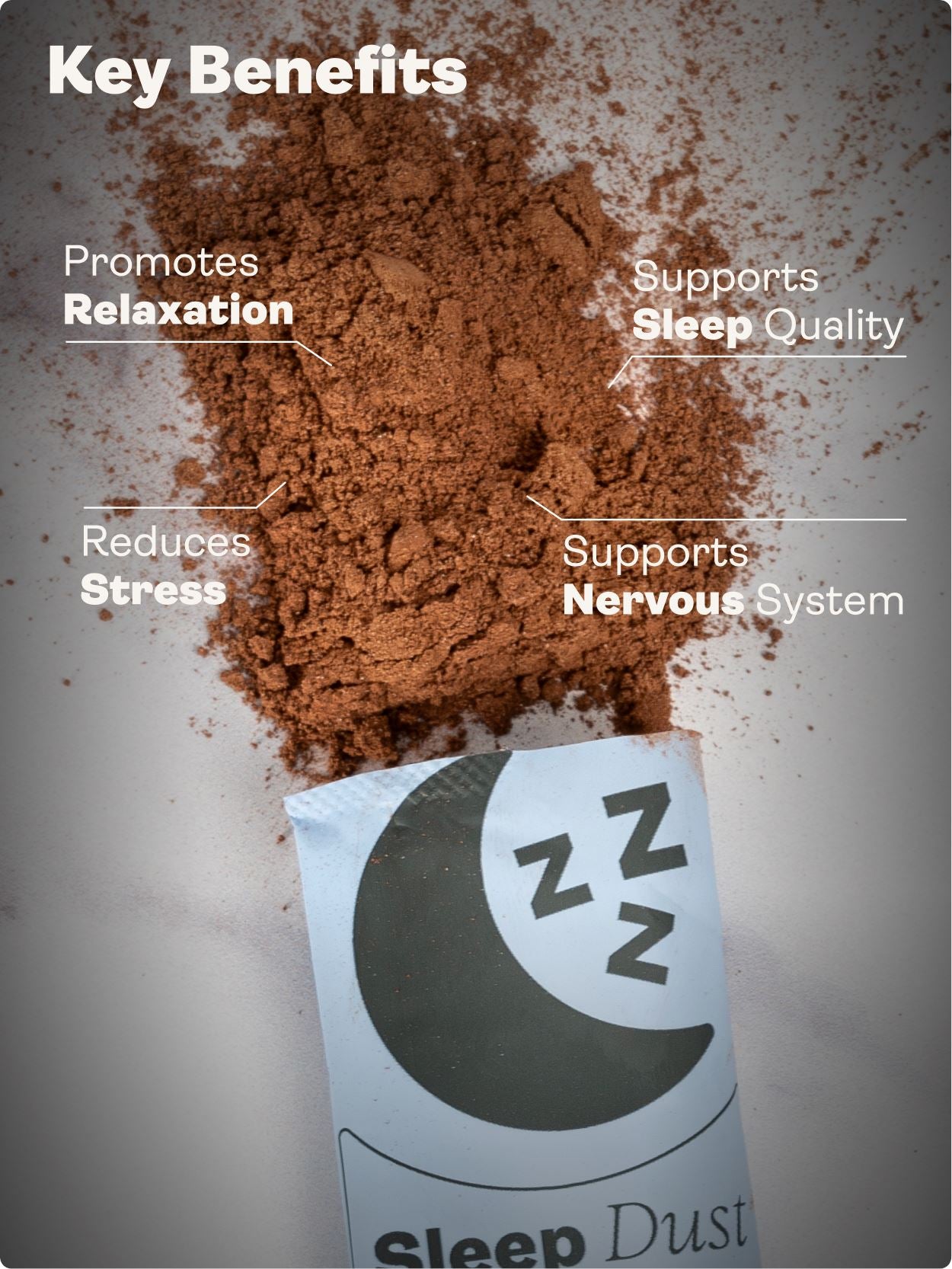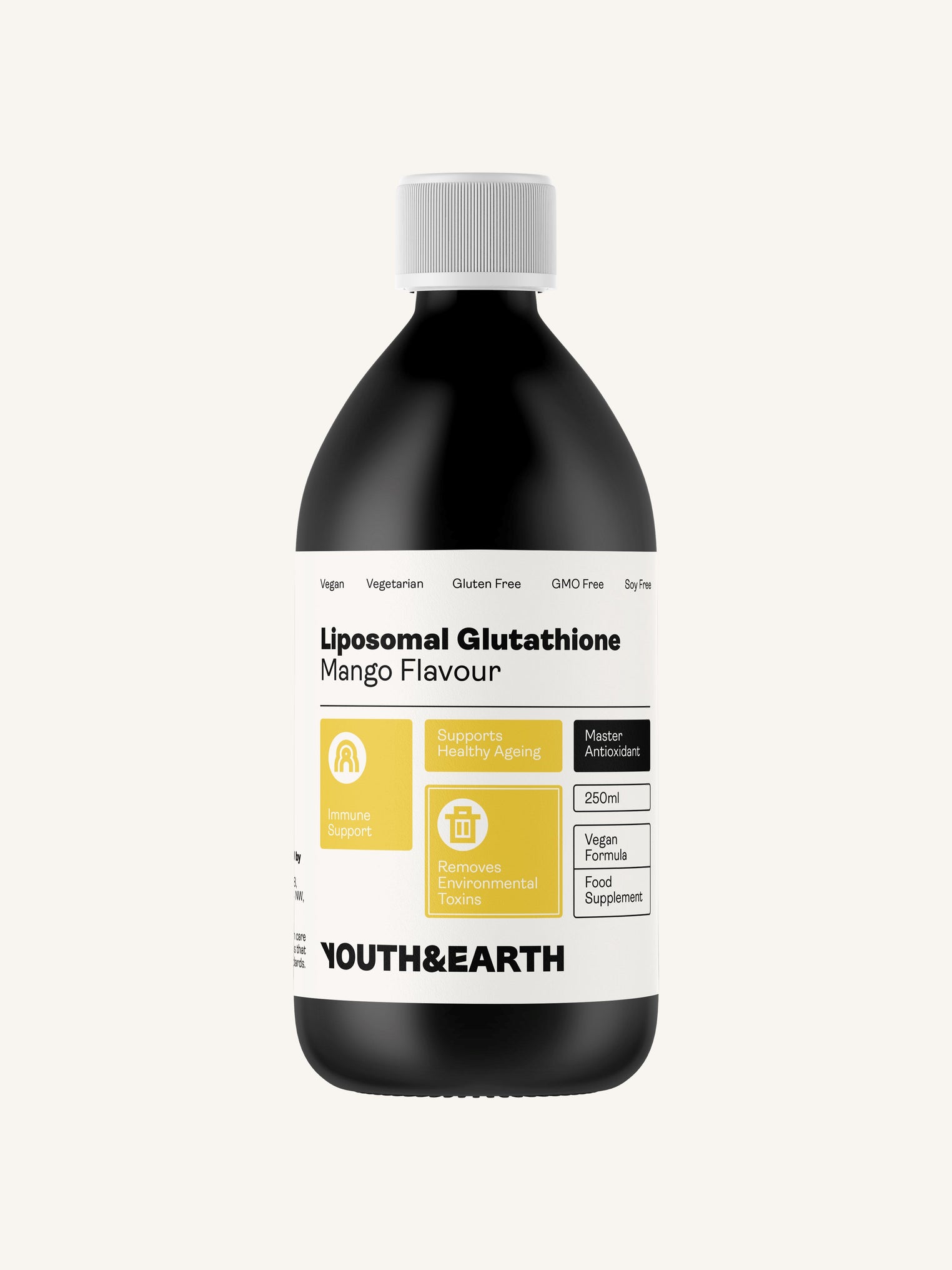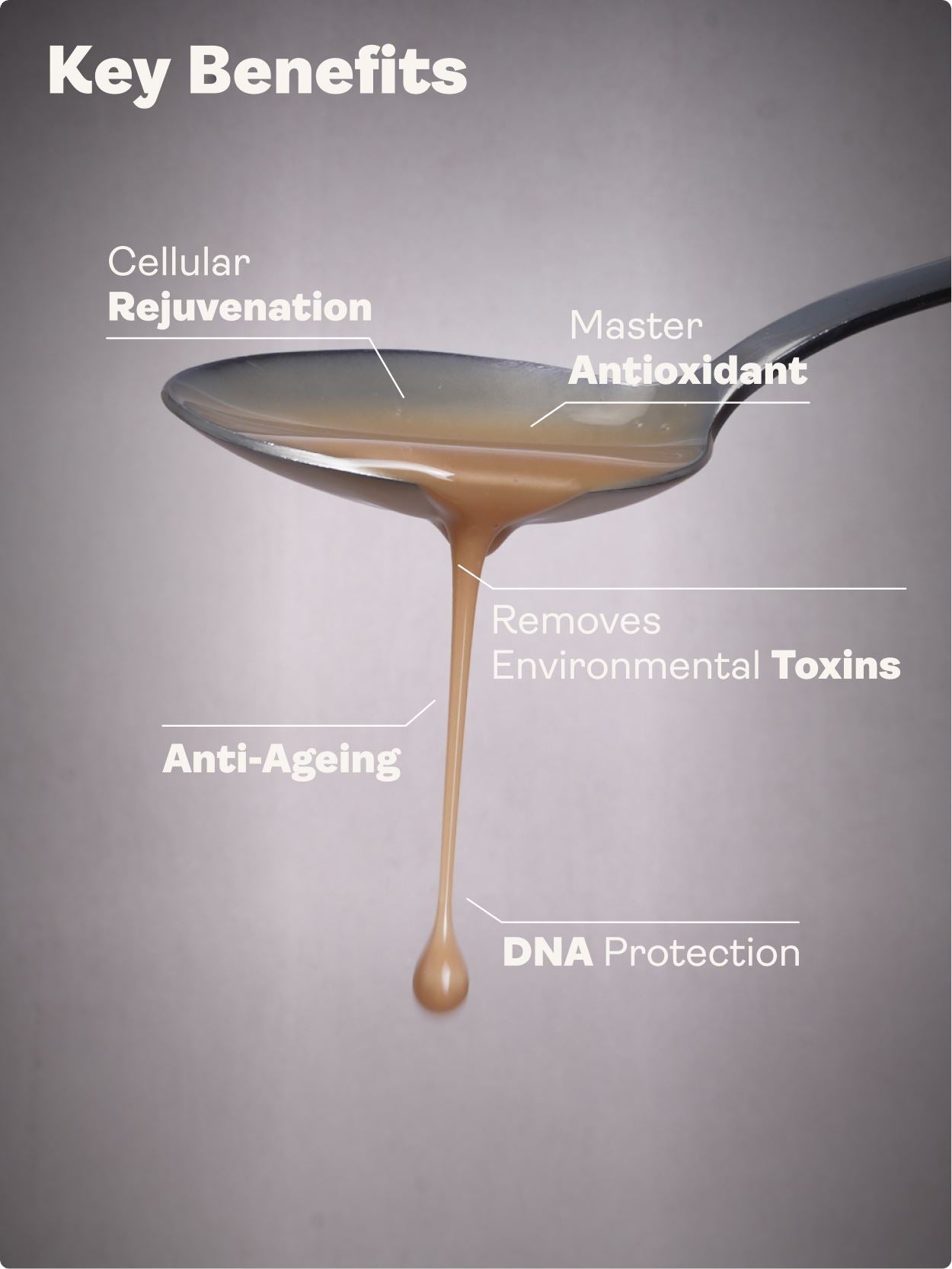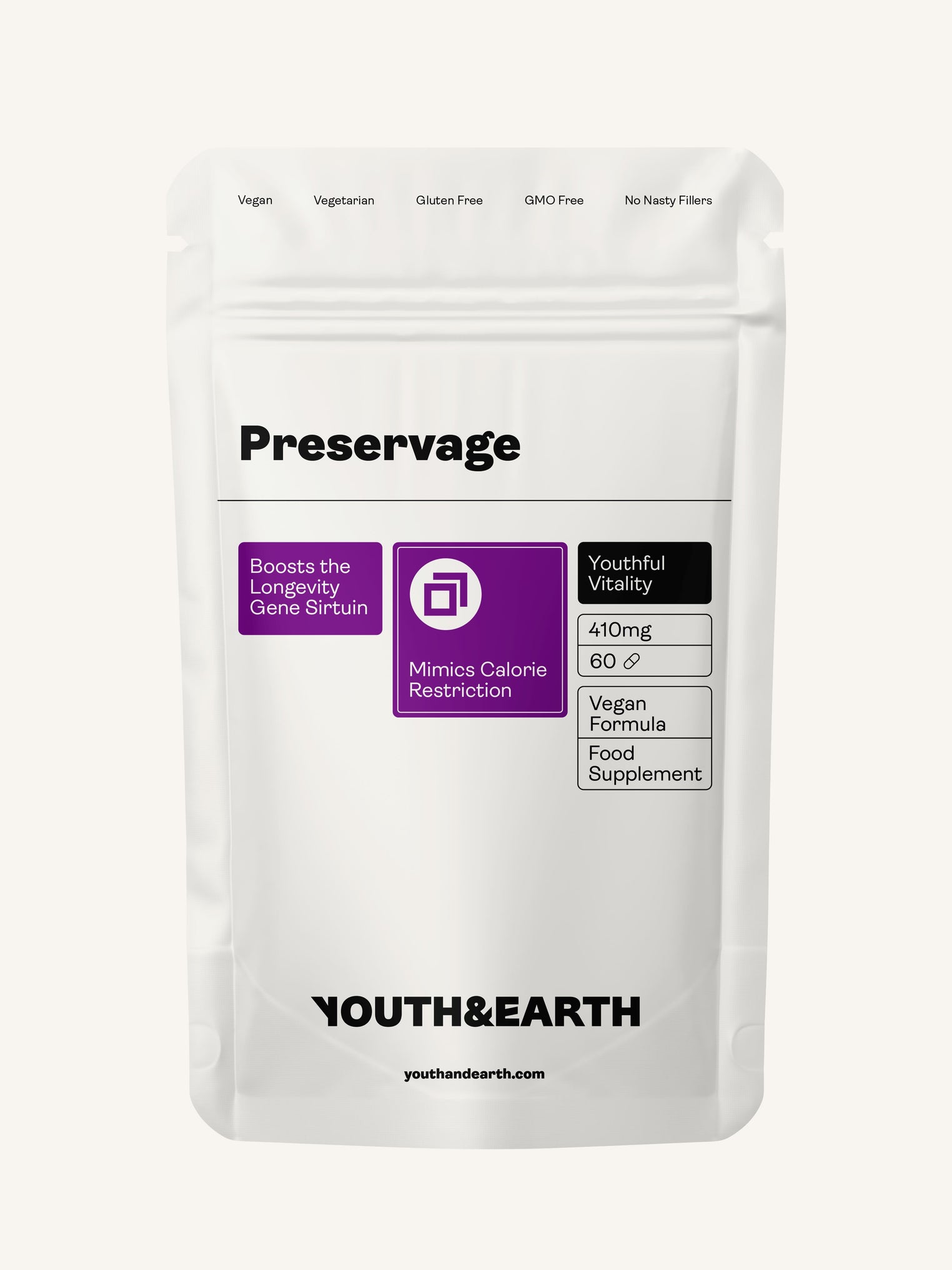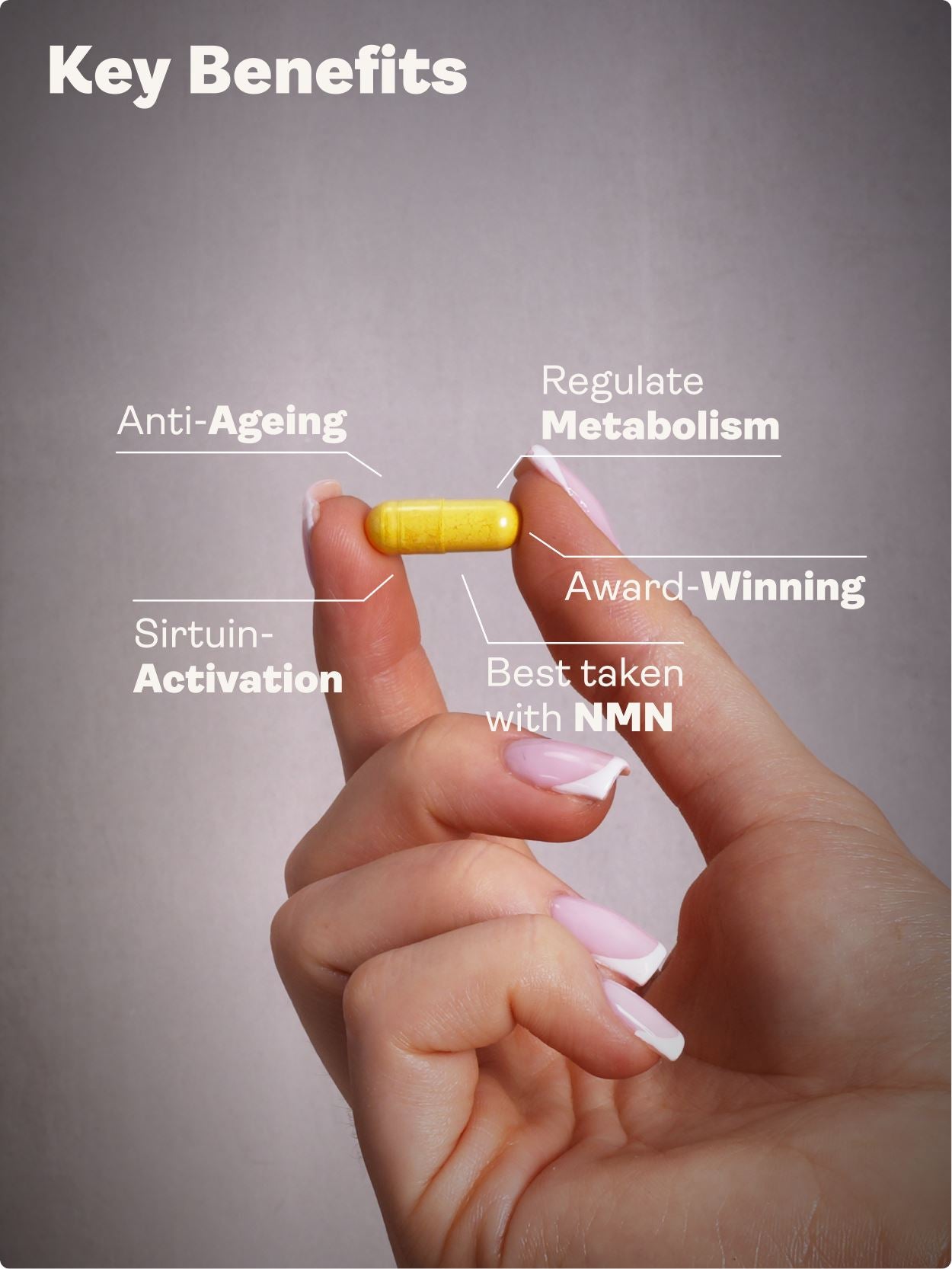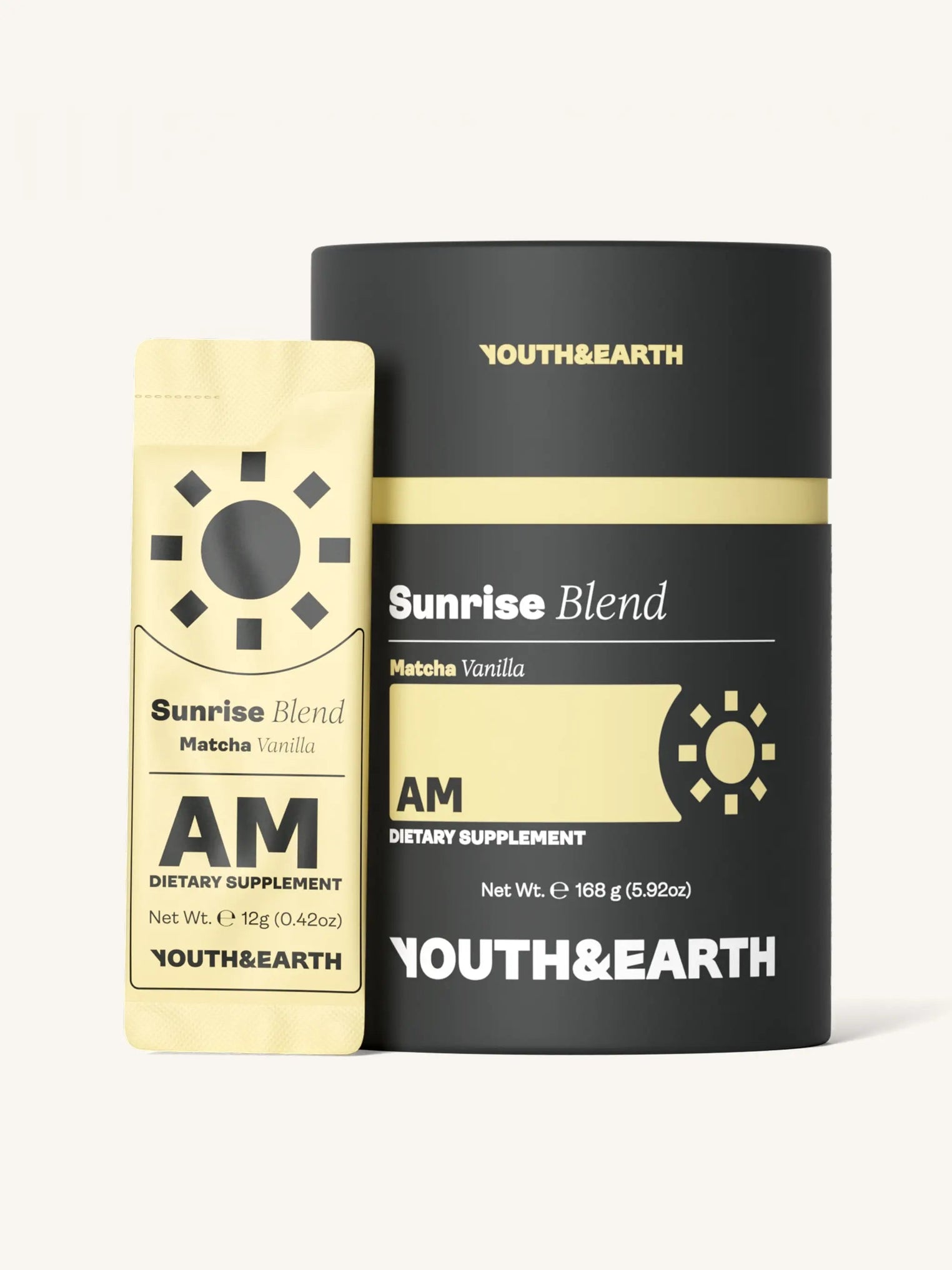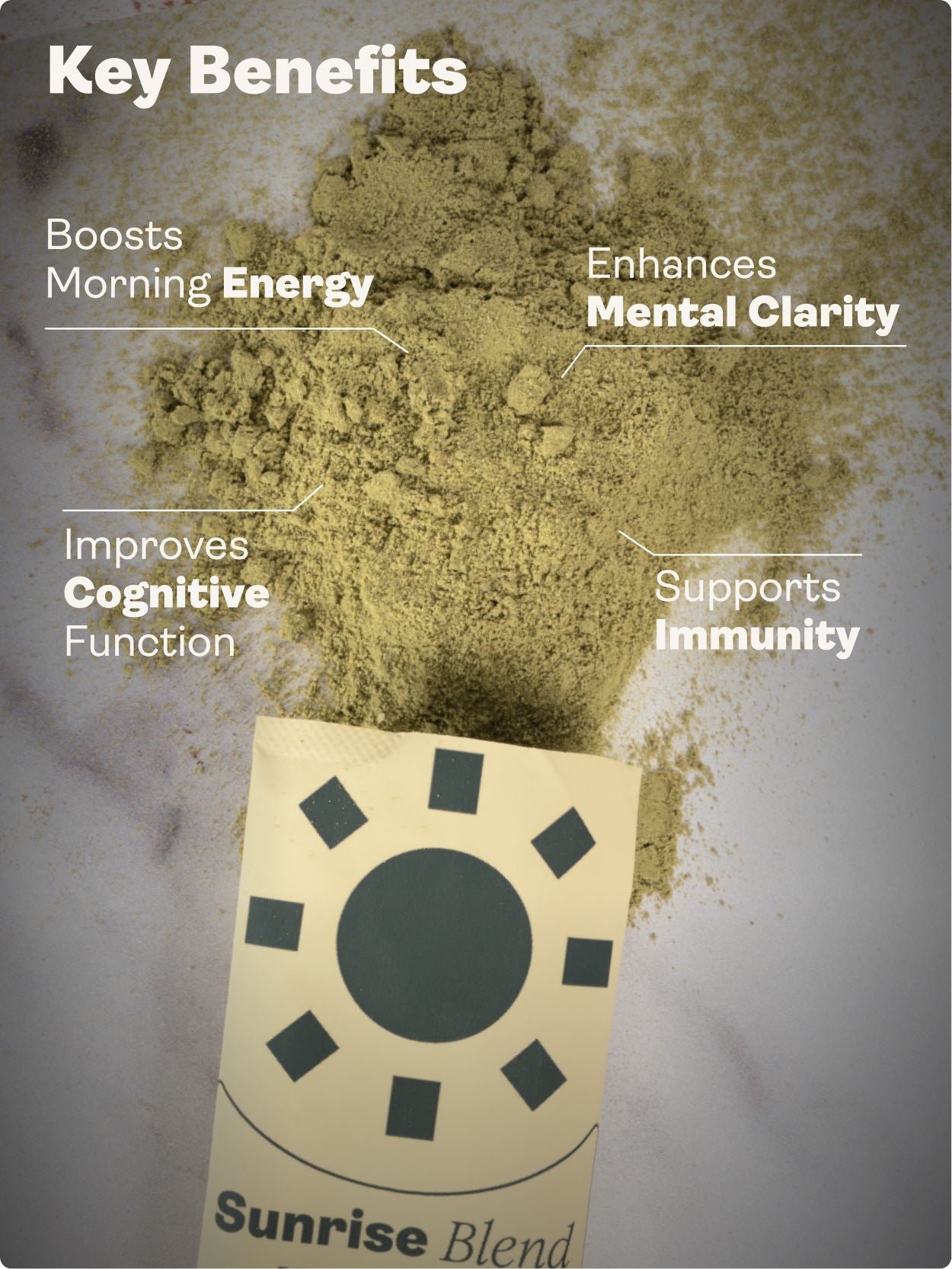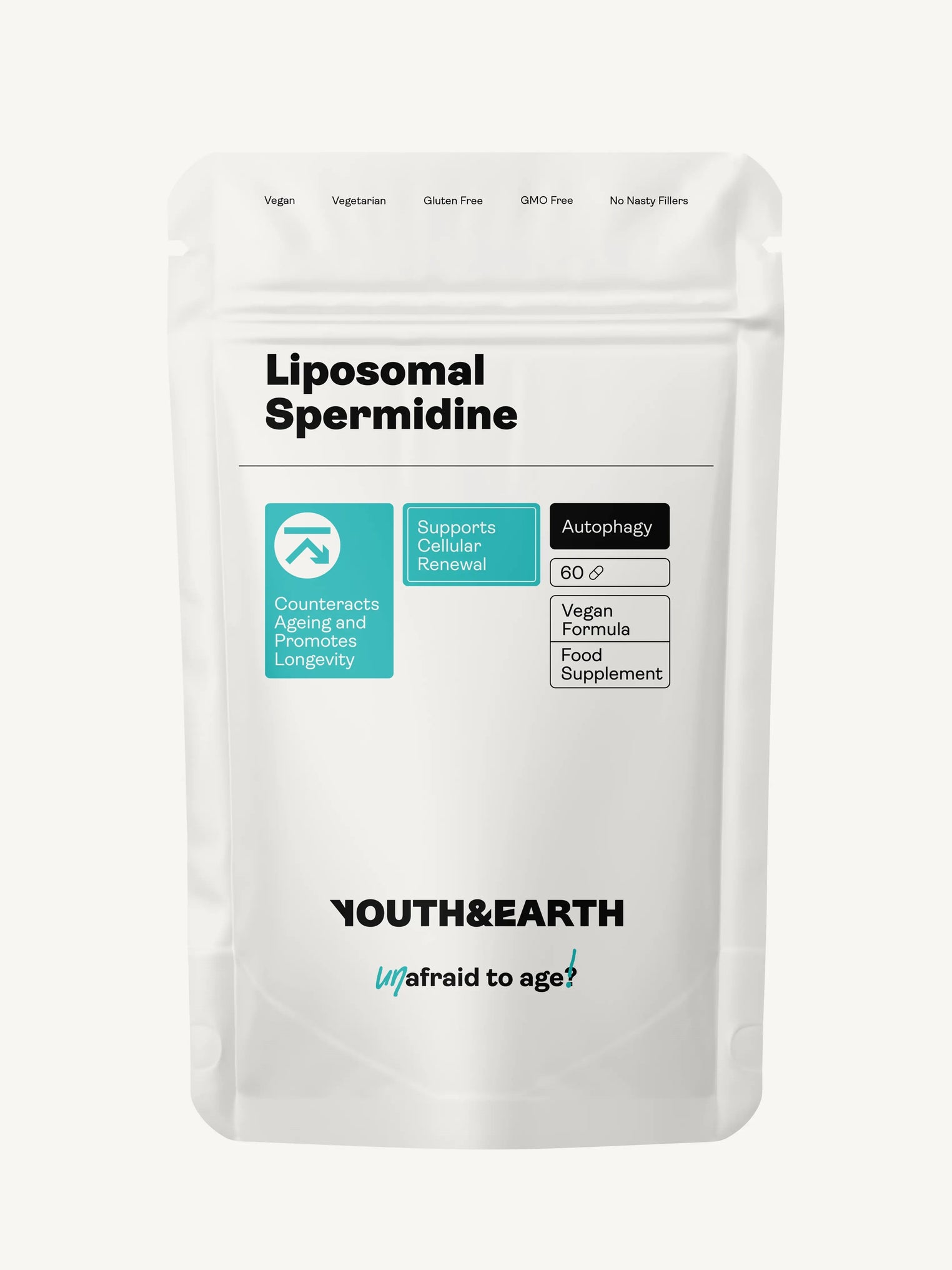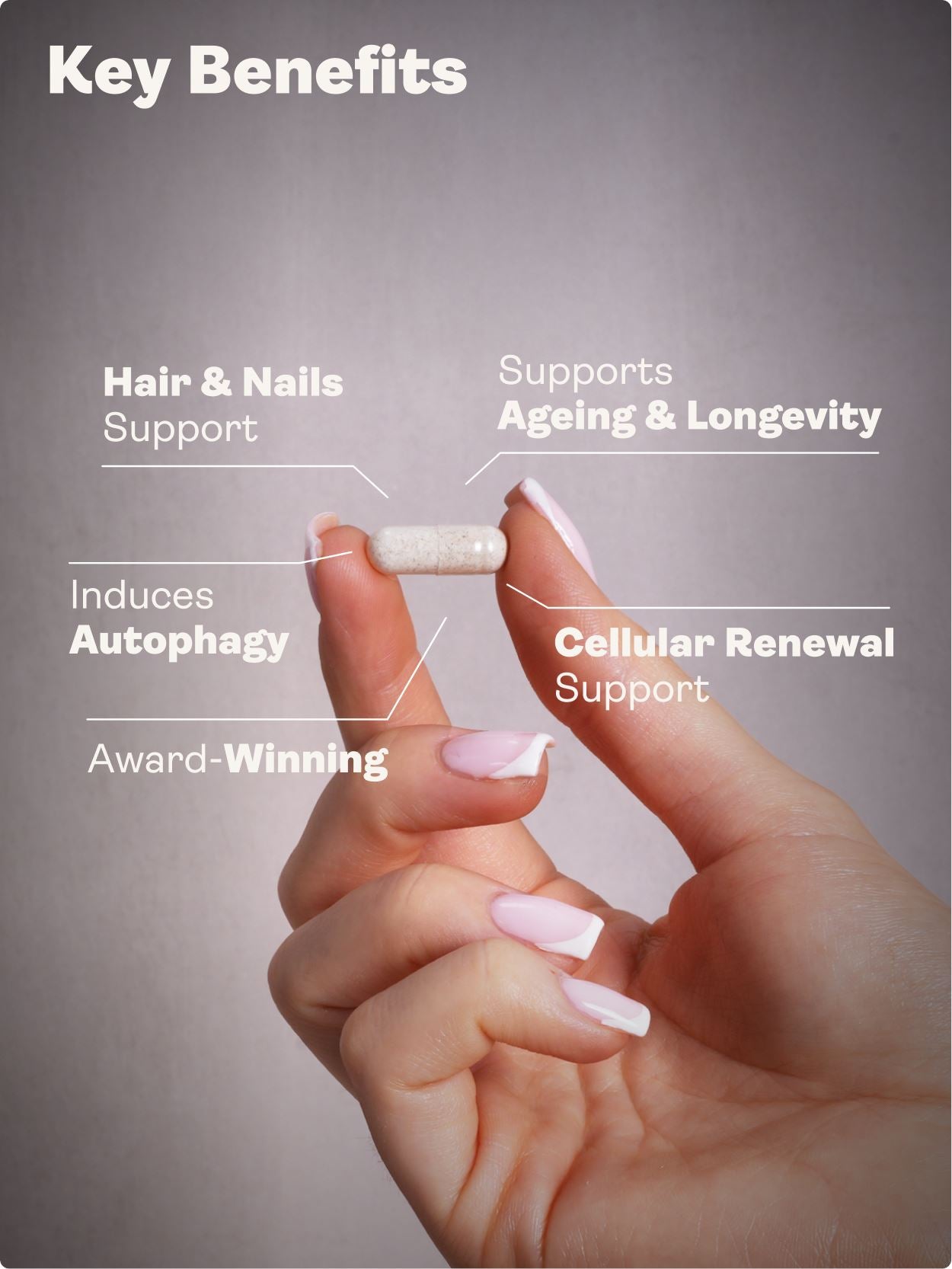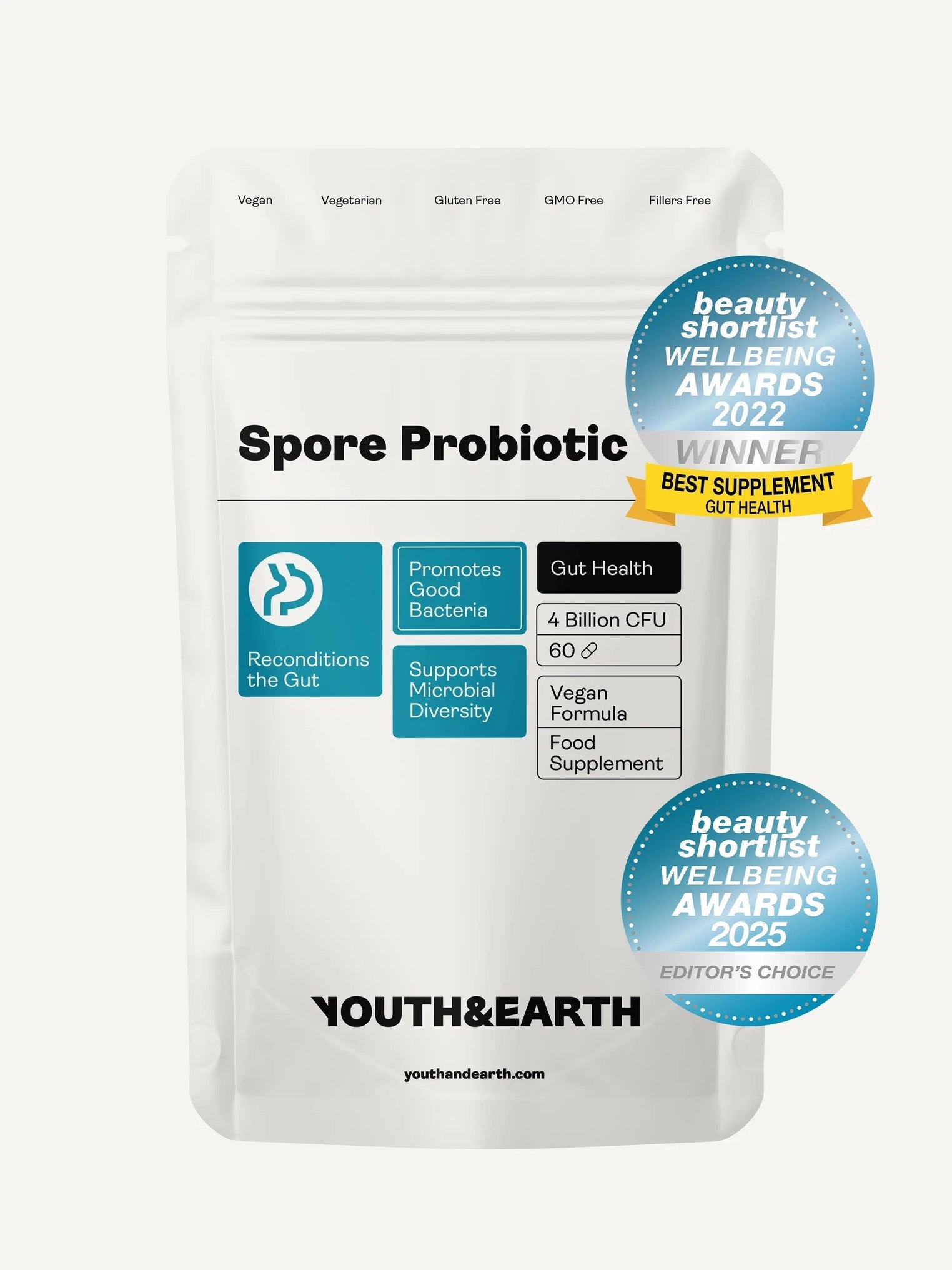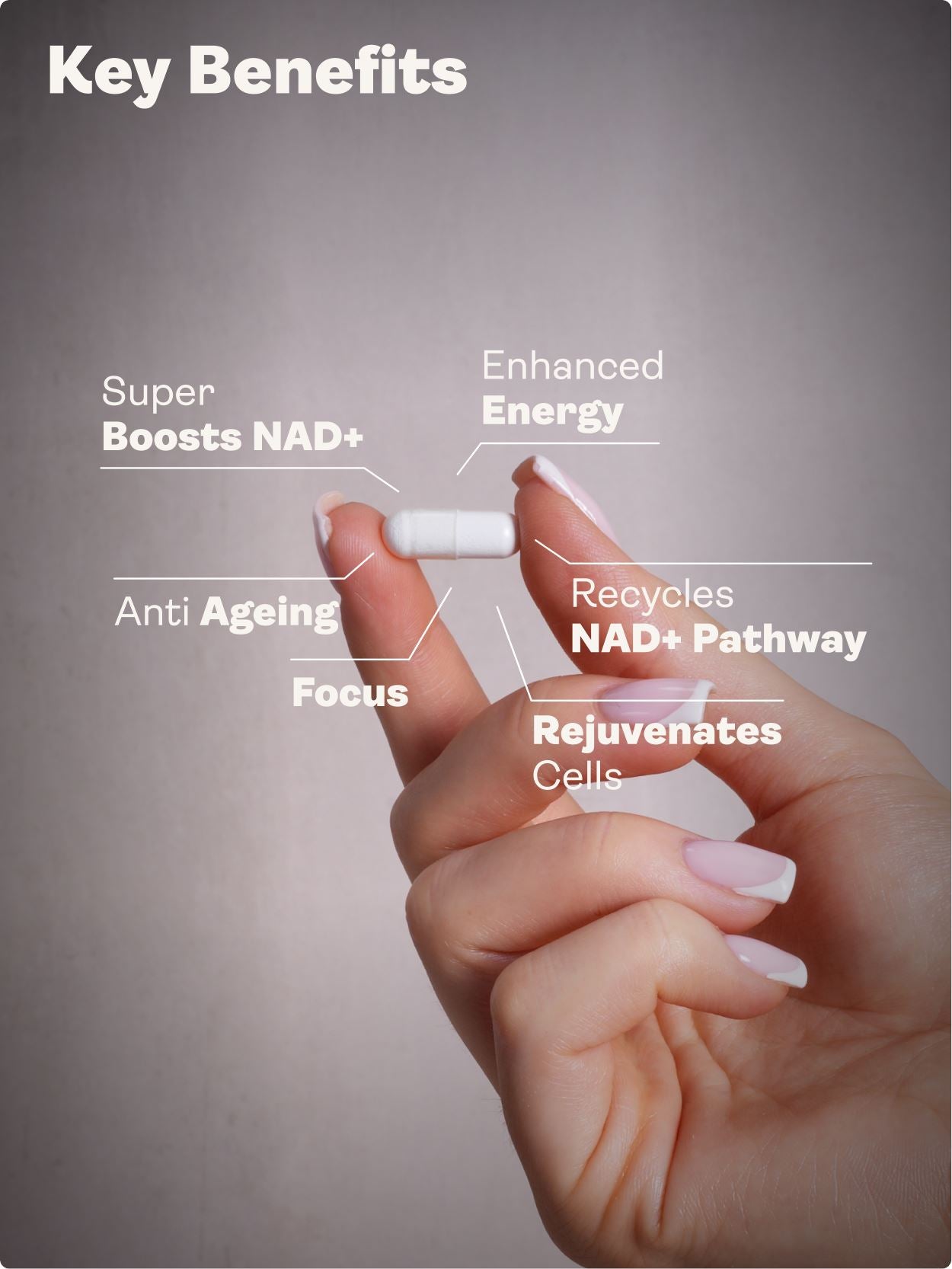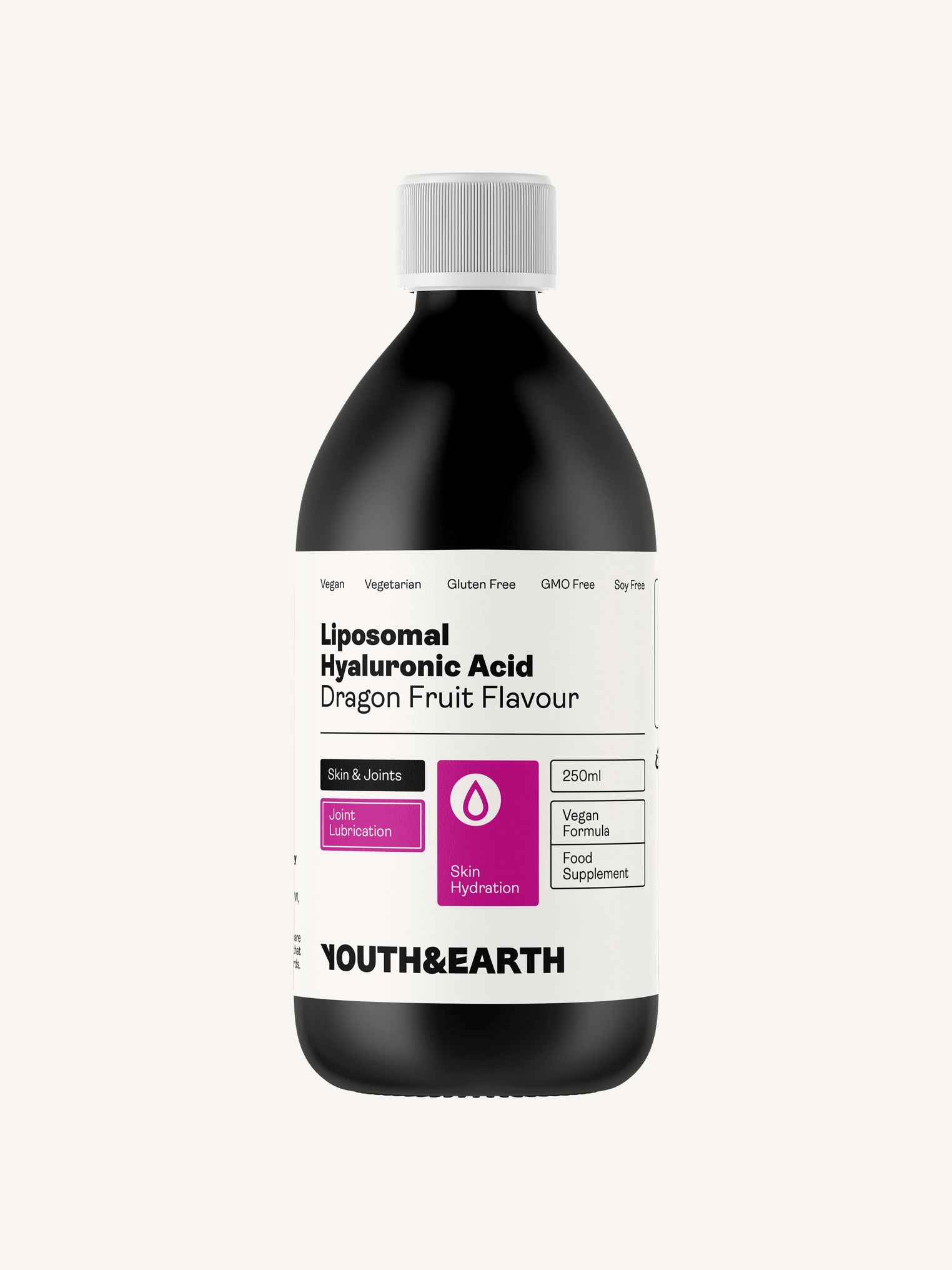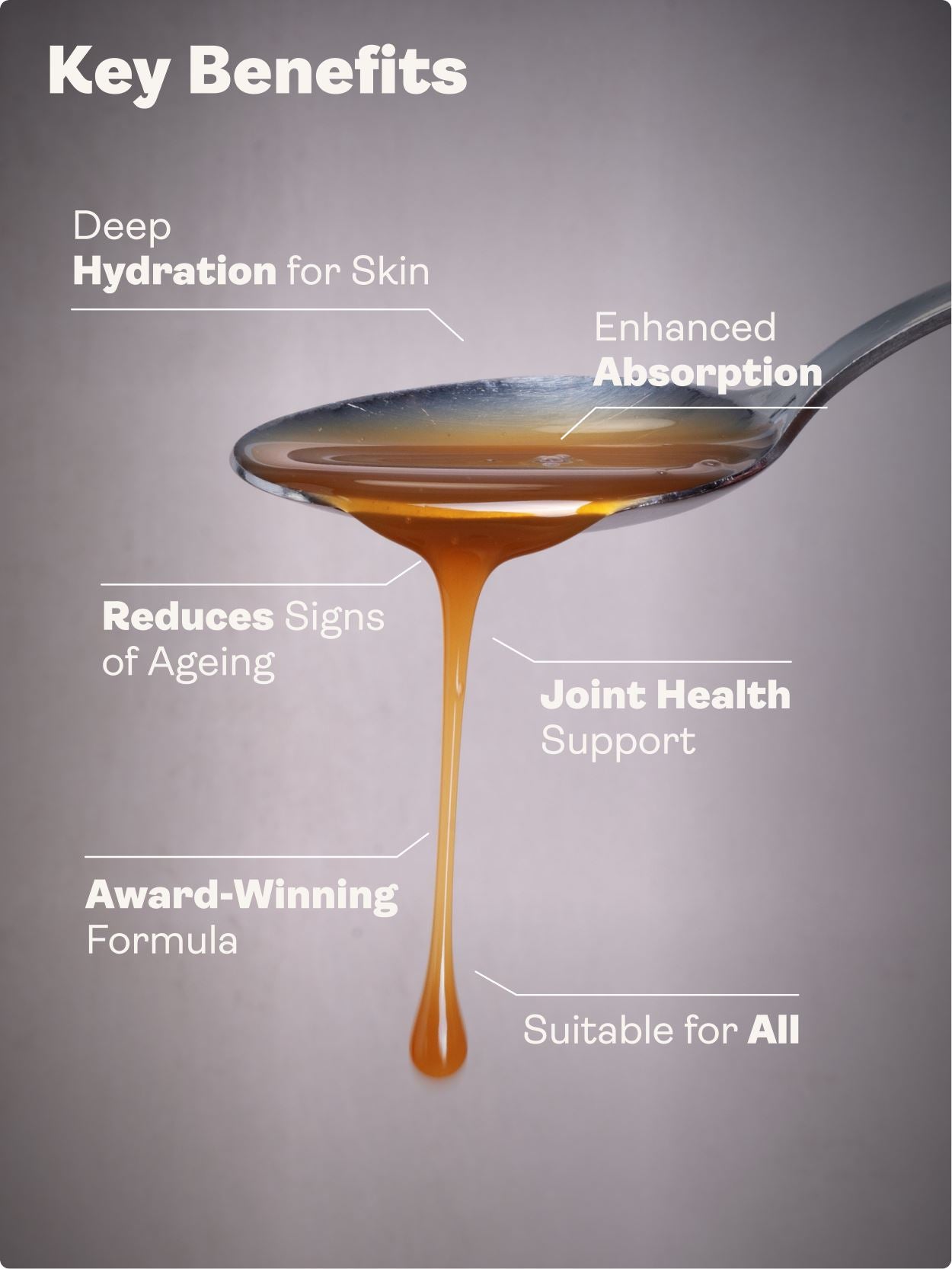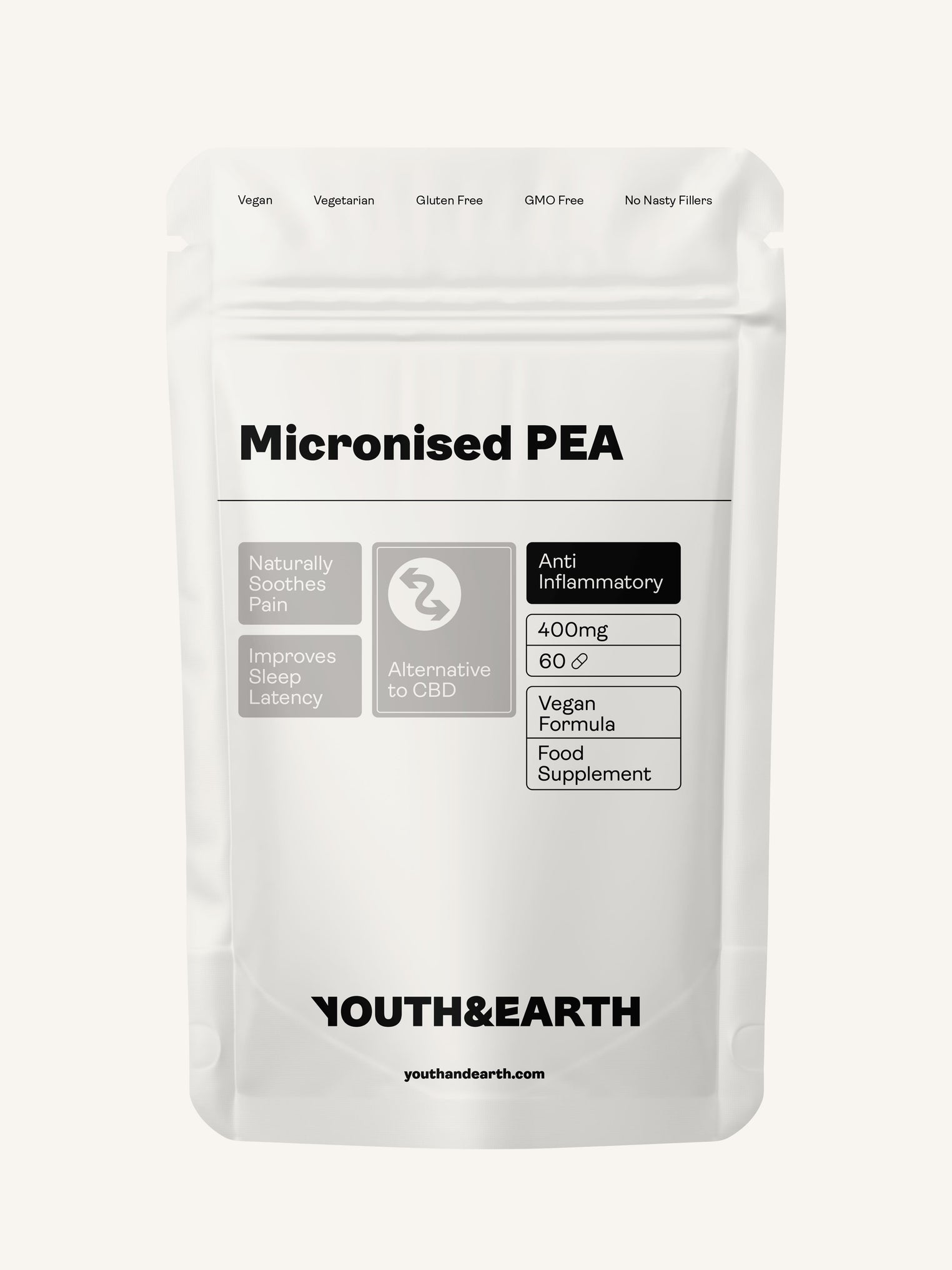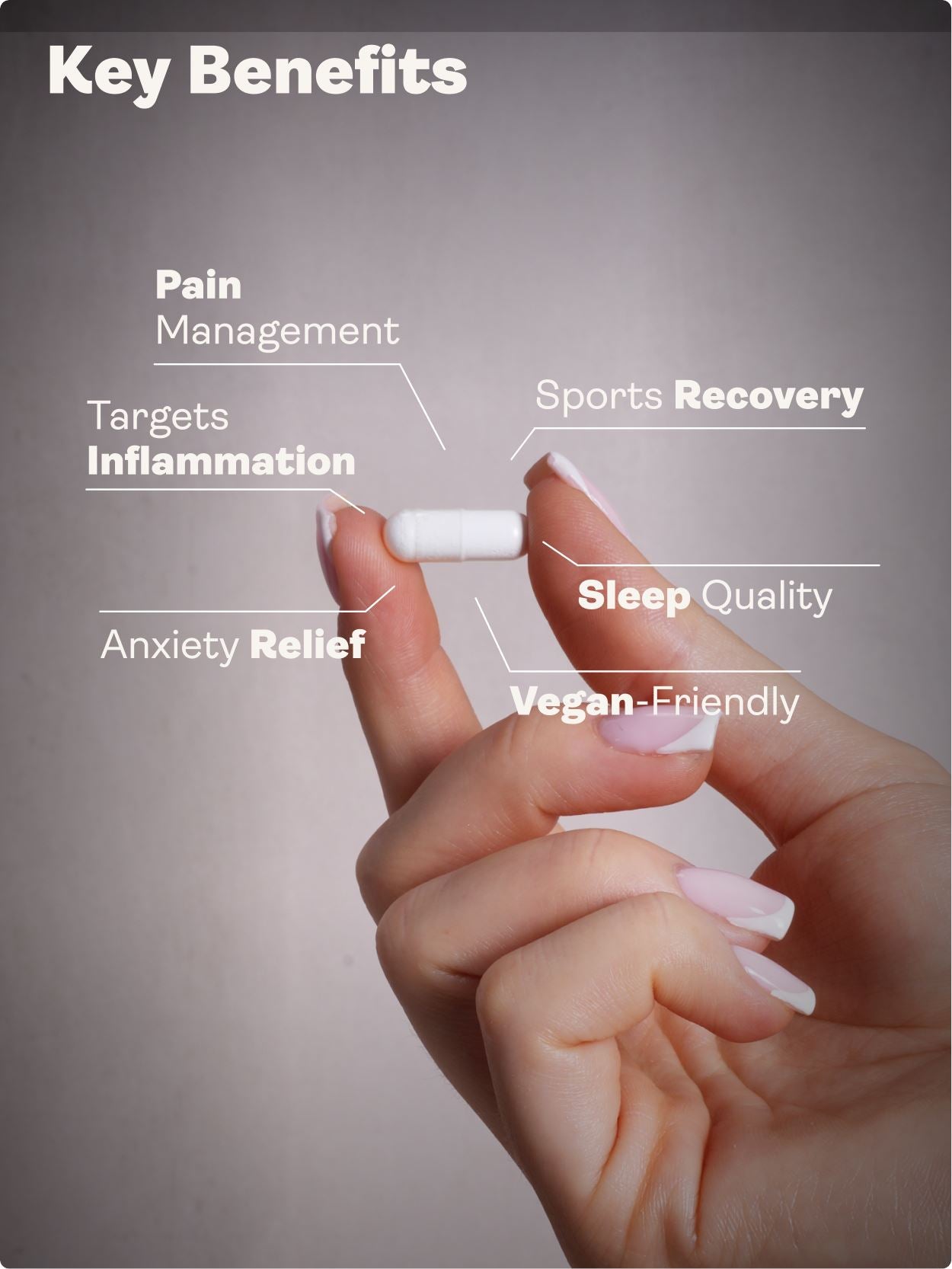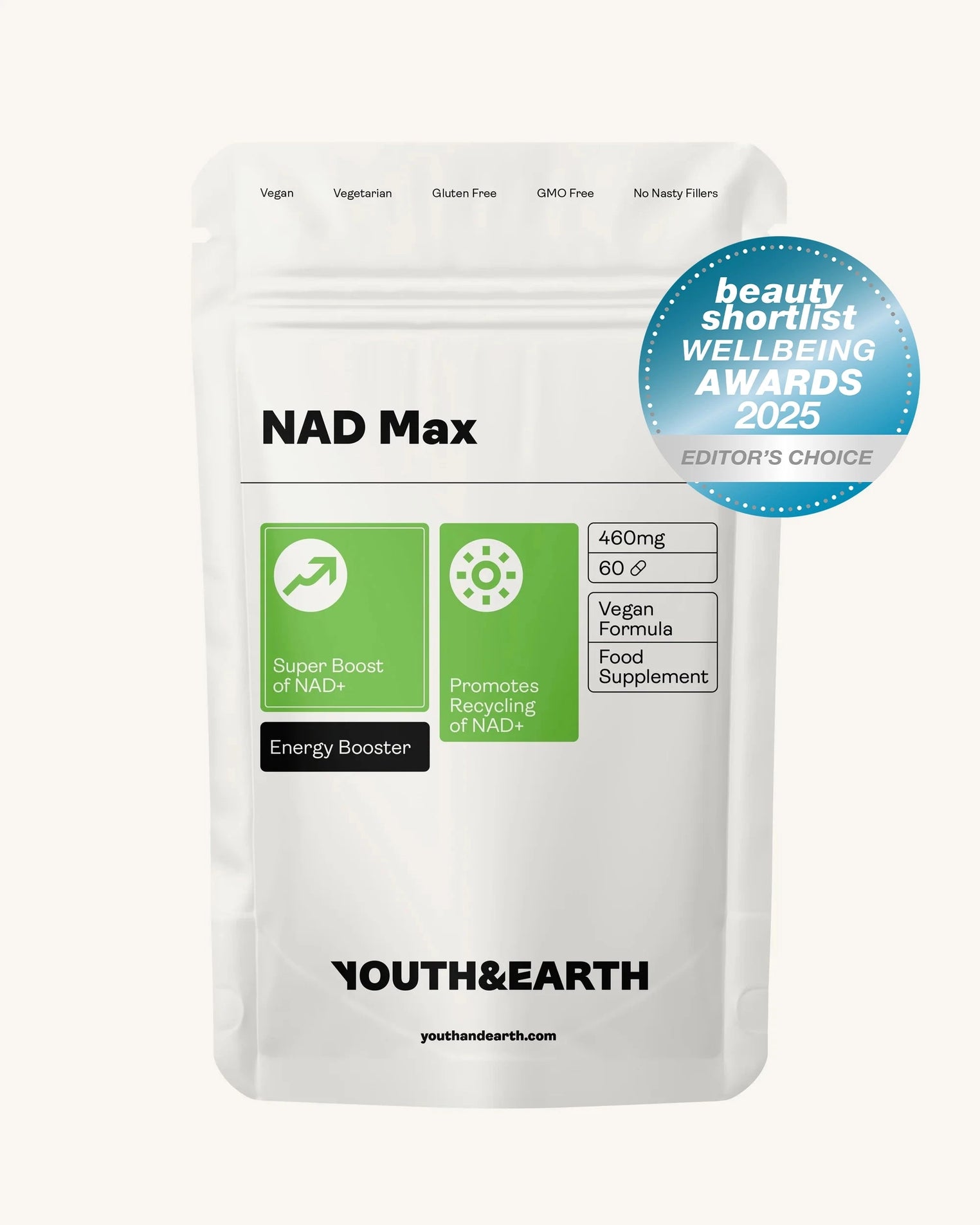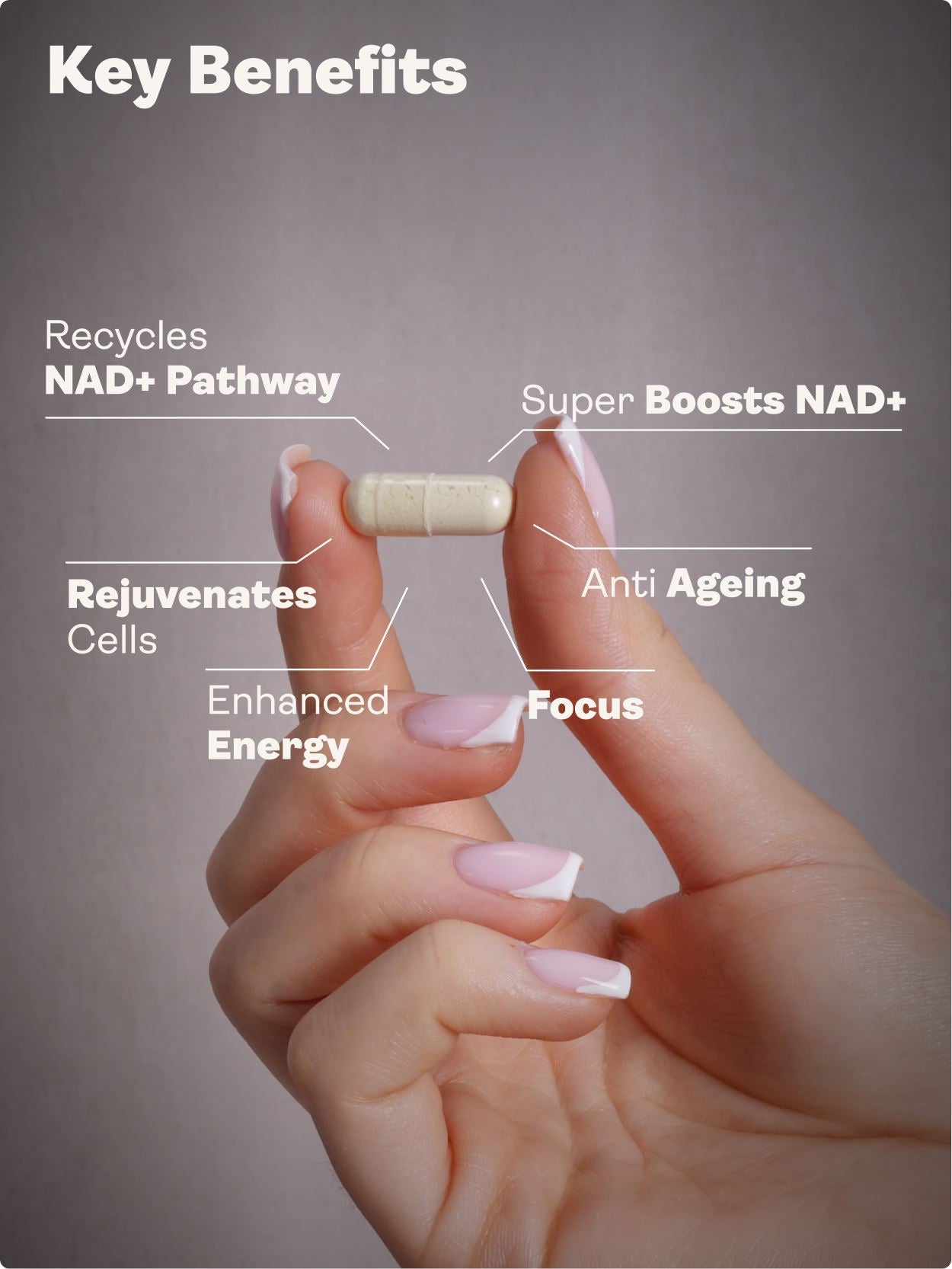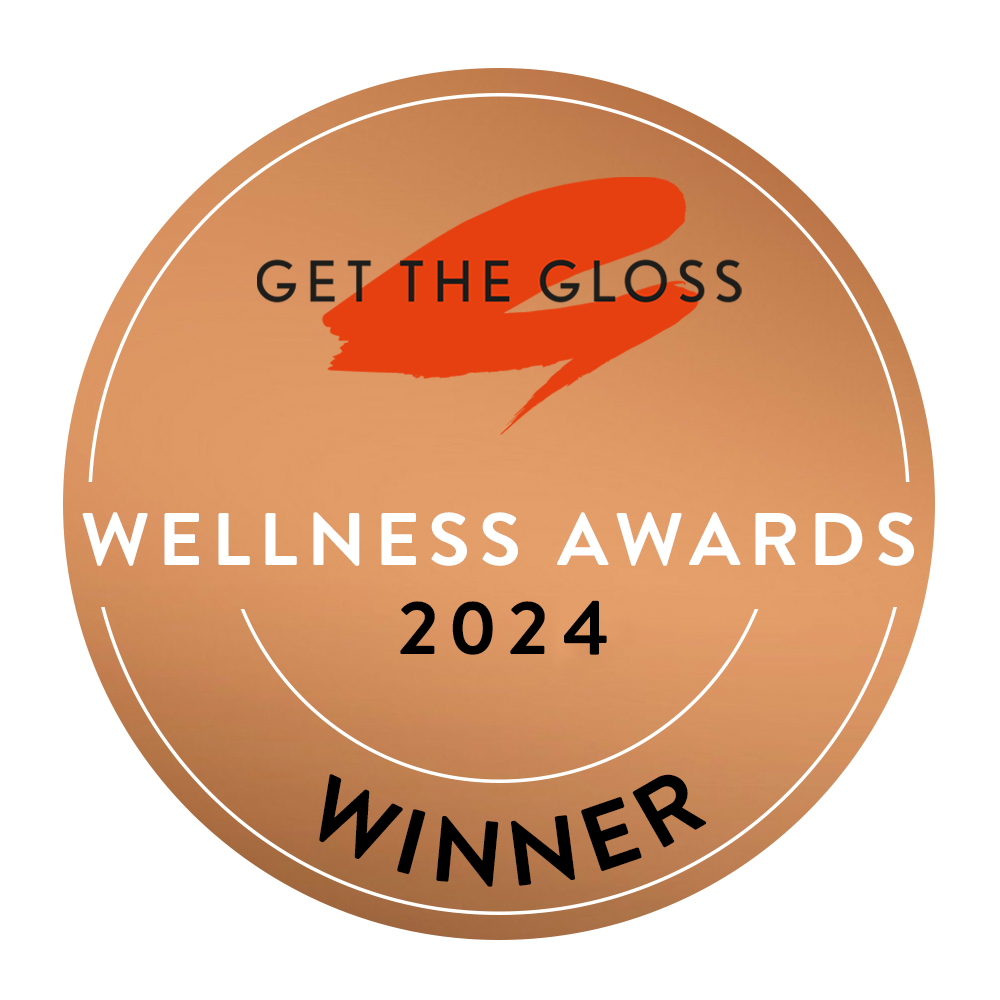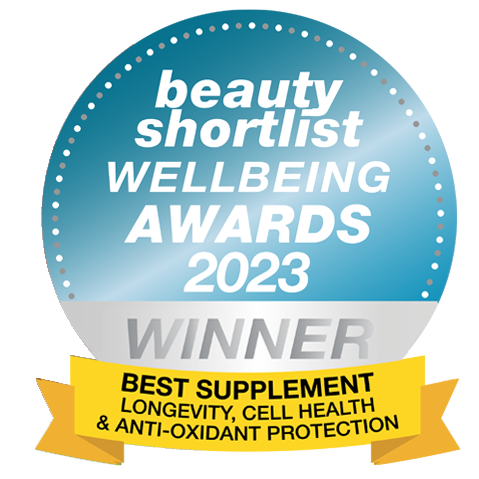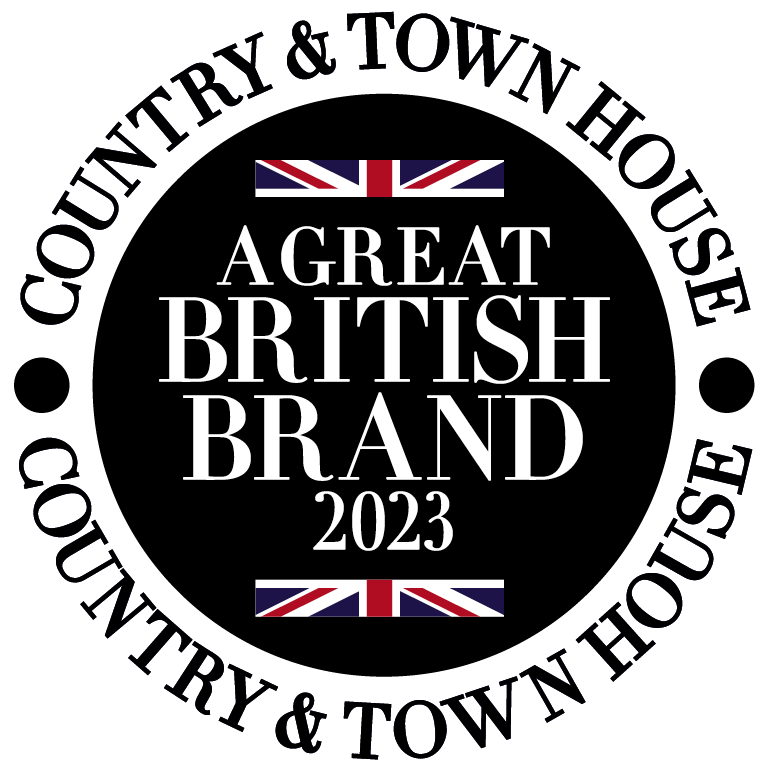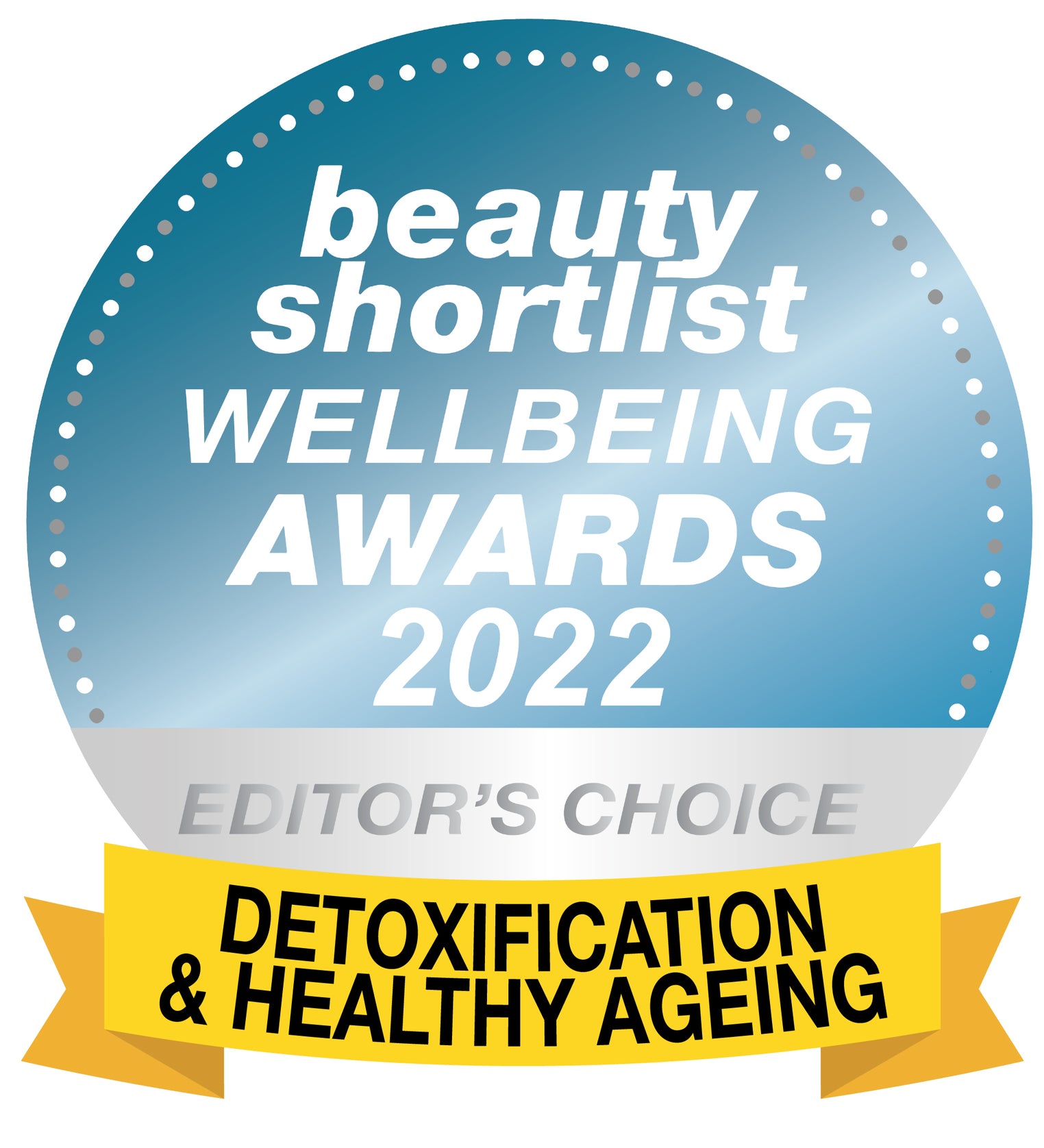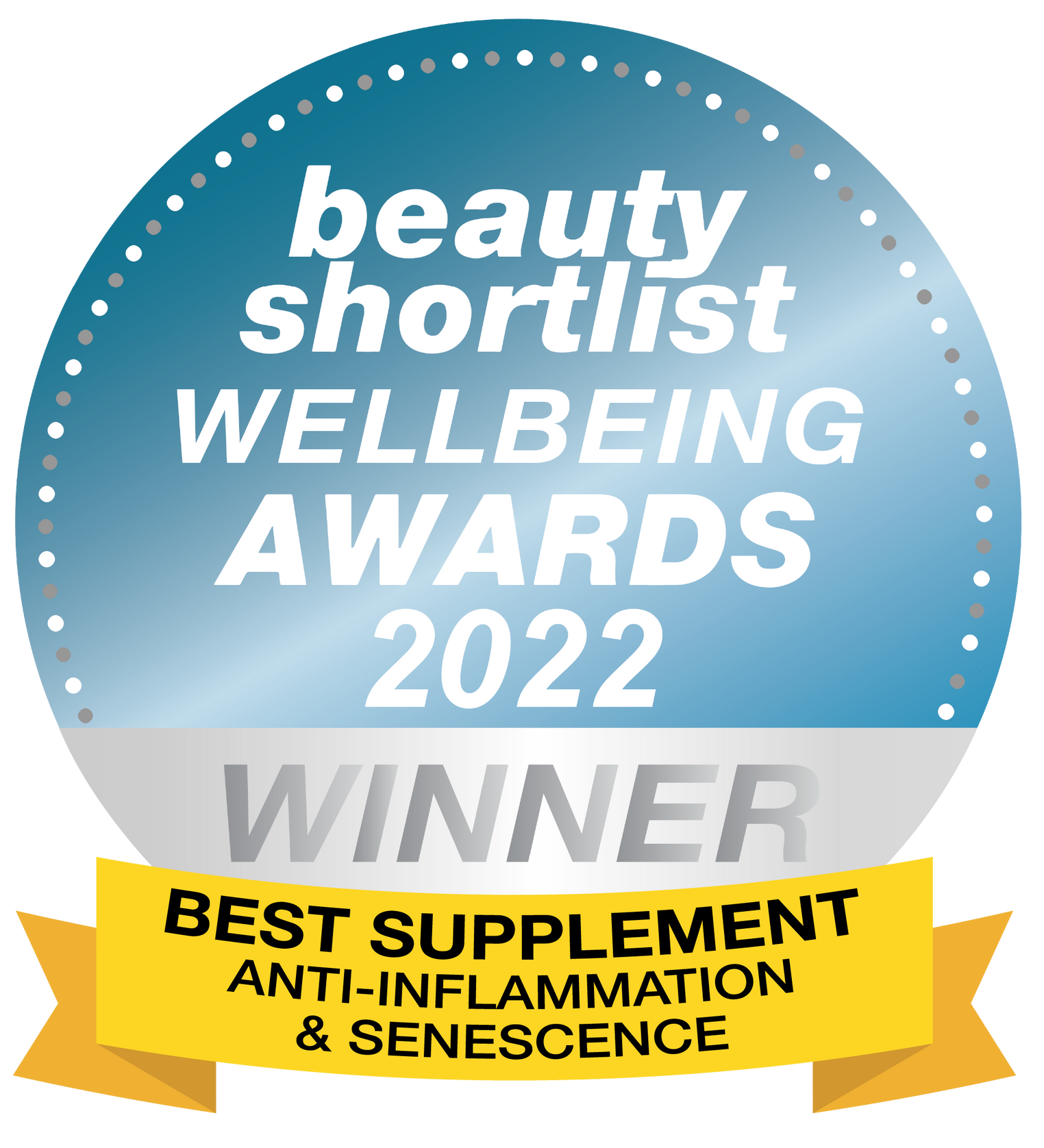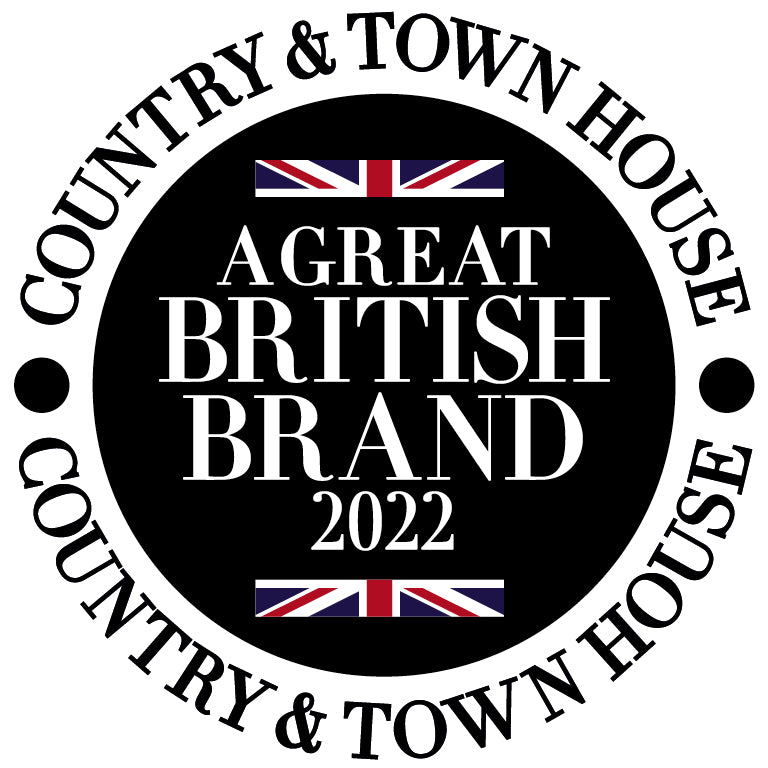NMN vs NR: Which NAD+ Booster Is Best for Longevity? (2025 Update)
Article Opening
Why do some people age faster than others? How can you maintain energy and vitality as you grow older? Nicotinamide Adenine Dinucleotide (NAD+) is a critical molecule for cellular energy, DNA repair, and longevity, but its levels decline with age. Boosting NAD+ through precursors like Nicotinamide Mononucleotide (NMN) or Nicotinamide Riboside (NR) is a promising strategy. This article compares NMN and NR to help you choose the best NAD+ booster for 2025..
Table of Contents
|
TL;DR
-
NAD+ is essential for energy, DNA repair, and longevity—but it declines steeply with age.
-
NMN and NR are both NAD+ precursors, but NMN bypasses NR in the metabolic pathway and may raise NAD+ in more tissues.
-
NMN is gaining traction due to improved bioavailability and broader tissue impact.
-
New 2024–2025 research suggests NMN is more effective at supporting mitochondrial, vascular, and muscular health.
-
Experts like Dr. David Sinclair publicly support NMN supplementation.
-
If you want systemic NAD+ support, NMN may be the better choice
What Is NAD+ and Why Is It Essential for Longevity?
Nicotinamide Adenine Dinucleotide (NAD+) is a coenzyme in every cell, driving processes vital for health and longevity. NAD+ fuels cellular energy production (ATP), DNA repair, circadian rhythm regulation, mitochondrial function, and immune system modulation. By age 50, NAD+ levels can drop by up to 50%, leading to fatigue, cognitive decline, and inflammation. Boosting NAD+ is a cornerstone of anti-ageing strategies, as it supports sirtuins, proteins linked to longevity. Learn more about NAD+ and longevity.
What Is Nicotinamide Mononucleotide (NMN)?
Nicotinamide Mononucleotide (NMN) is a direct precursor to NAD+, meaning it converts to NAD+ in one metabolic step. NMN is absorbed efficiently via the Slc12a8 transporter in the small intestine, enhancing its bioavailability. Studies show NMN raises NAD+ levels in muscles, heart, brain, kidneys, and blood vessels. It improves insulin sensitivity, endurance, and vascular health in both animal and human trials. NMN is found in trace amounts in foods like broccoli, avocados, and edamame. See The Ultimate Guide to NMN.
What Is Nicotinamide Riboside (NR)?
Nicotinamide Riboside (NR), a form of vitamin B3, is another NAD+ precursor. NR converts to NMN before becoming NAD+, requiring an extra metabolic step. NR effectively boosts NAD+ in the liver and blood but has limited impact on other tissues like muscle or brain. It is well-tolerated in humans and was an early leader in NAD+ supplementation. NR is naturally present in milk and yeast. Learn about Nicotinamide Riboside (NR).
How Do NMN and NR Compare?
NMN and NR both raise NAD+ levels, but their pathways, absorption, and tissue impact differ. Below is a side-by-side comparison:
|
Feature |
NMN |
NR |
|---|---|---|
|
Pathway |
Converts directly to NAD+ |
Converts to NMN, then NAD+ |
|
Absorption |
Active transporter (Slc12a8) |
Passive diffusion |
|
Bioavailability |
Multi-organ (muscle, brain, heart) |
Primarily liver |
|
Clinical Focus |
Muscle, brain, metabolic health |
Liver, cholesterol |
|
Expert Endorsement |
Dr. David Sinclair, Harvard |
Early commercial leader |
Pros and Cons
-
NMN Pros: Broader tissue impact, efficient absorption, supported by recent studies.
-
NMN Cons: Higher cost, less long-term human data.
-
NR Pros: Well-studied, cost-effective, safe in humans.
-
NR Cons: Limited to liver, less systemic effect.
NMN’s direct pathway and multi-organ reach make it more effective for systemic longevity. Explore bioavailability.
What Does Recent Science Say About NMN and NR?
Recent studies highlight NMN’s advantages over NR for NAD+ restoration. A 2024 Frontiers in Aging study found NMN improved muscle mass, neuroplasticity, and mitochondrial density in animal models. A Cell Metabolism study (2024) showed NMN raised NAD+ in muscle, brain, and fat, while NR primarily affected the liver. A 2023 human trial (NCT05672436, Japan) reported NMN (250–500 mg/day) increased NAD+ by 38%, improving walking speed and glucose regulation. In contrast, a 2022 NIH-sponsored NR study showed no muscle or brain NAD+ increase.
Science Snapshot
| Study | Type | Finding | Year |
|---|---|---|---|
| Frontiers in Aging | Animal | NMN improved muscle mass, neuroplasticity, and mitochondrial density | 2024 |
| Cell Metabolism | Comparative (NR vs NMN) | NR raised NAD+ in liver; NMN raised NAD+ in muscle, brain, and fat | 2024 |
| NCT05672436 (Japan) | Human, 250–500 mg/day | NMN raised NAD+ by 38%, improved walking speed and glucose regulation | 2023 |
| NIH-sponsored NR study | Human | NR increased liver NAD+, no muscle or brain effect | 2022 |
| Sinclair Lab, Harvard | Cell-based | NMN enhanced sirtuin activation and DNA repair | Ongoing |
What Do Experts Recommend for NAD+ Supplementation?
Dr. David Sinclair, a Harvard Medical School genetics professor, advocates for NMN, taking 1 gram daily with resveratrol to activate sirtuins. He notes, “NMN’s direct cellular entry and systemic NAD+ boost make it a top longevity molecule.” Sinclair’s work emphasizes NMN’s role in sirtuin activation and DNA repair, aligning with 2024–2025 research. While NR was an early favorite, NMN’s broader tissue impact has shifted expert preference. See sirtuins.
Frequently Asked Questions (FAQ)
Which NAD+ Supplement Is Better: NMN or NR?
NMN is superior for systemic NAD+ support, reaching muscles, brain, and heart. NR mainly boosts liver NAD+. Recent studies favor NMN for longevity.
Is NMN Safe to Use?
NMN is safe at doses up to 1,200 mg/day, with 250–500 mg/day common. Human studies report no significant side effects.
When Should I Start NAD+ Supplementation?
Begin in your mid-30s to preserve energy and performance. NAD+ decline accelerates after age 35.
Can I Combine NMN and NR?
Combining is unnecessary. NMN provides NR’s benefits without the extra conversion step.
How Can I Boost NAD+ Naturally?
Fasting, exercise, heat/cold exposure, and sleep support NAD+. Foods like broccoli (NMN) or milk (NR) help minimally. Supplementation ensures consistent NAD+ levels.
Article Conclusion: Choosing the Best NAD+ Booster
Restoring NAD+ supports energy, recovery, and metabolic health, counteracting age-related decline. NMN and NR both increase NAD+, but NMN’s direct pathway, efficient absorption, and multi-organ impact make it the superior choice. Sirtuins, mitochondria, and insulin sensitivity work together to enhance longevity, and NMN optimizes these pathways more effectively than NR. To boost NAD+:
-
Take 250–500 mg NMN daily, as supported by 2023–2024 studies.
-
Combine with lifestyle habits like fasting, exercise, or resveratrol intake.
-
Eat NMN-rich foods (broccoli, edamame) for minor support.
These systems do not act in isolation—NAD+ connects energy, repair, and resilience for lasting vitality. NMN is the leading NAD+ booster for 2025. Learn more about NAD+ and longevity.
Glossary of Key Terms
-
NAD+ – A coenzyme required for cellular energy, repair, and metabolism
-
NMN – Nicotinamide mononucleotide; a direct precursor to NAD+
-
NR – Nicotinamide riboside; converts into NMN before forming NAD+
-
Sirtuins – Longevity-linked proteins regulated by NAD+
-
Mitochondria – Organelles responsible for producing energy (ATP)
-
Slc12a8 – An intestinal transporter that enhances NMN absorption
-
Bioavailability – The extent to which a substance is absorbed and used by the body
About the Author
Ed Van Harmelen is the founder of Youth & Earth and a passionate advocate for longevity since 2017. He has been featured in numerous podcasts and wellness publications for his insights on healthy ageing, biohacking, and the science behind supplements. Ed is widely regarded as a pioneer in bringing cutting-edge longevity tools to everyday consumers, making the benefits of advanced anti-ageing science both accessible and actionable.
Medically Reviewed By:
Mina Stanisavljevic, M.Sc. in Molecular Biology and Physiology, University of Belgrade. Mina is a Science Advisor at Youth & Earth and OptimallyMe. She specialises in cellular metabolism, healthy ageing, and evidence-based supplement strategies.
Last Updated: 12 July 2025


